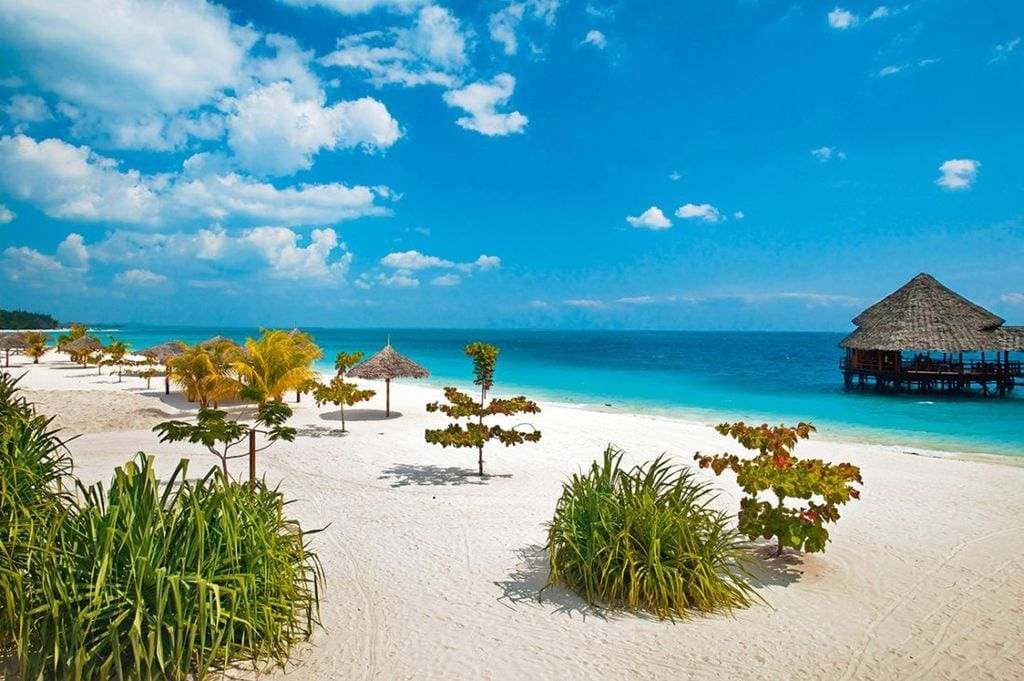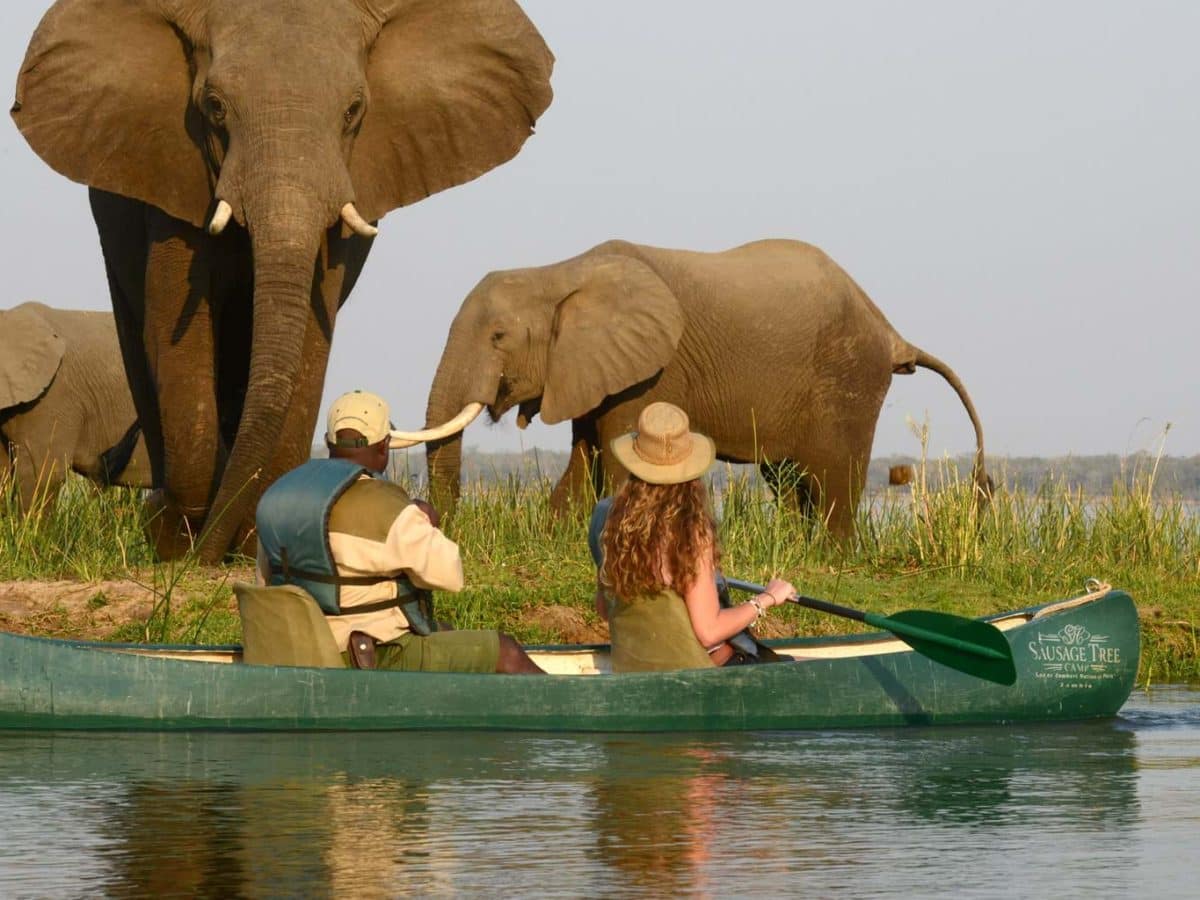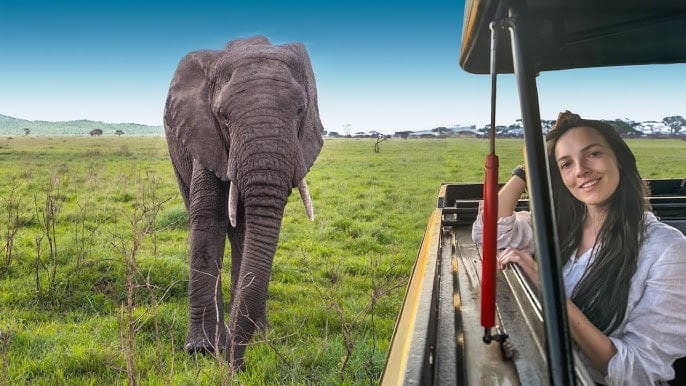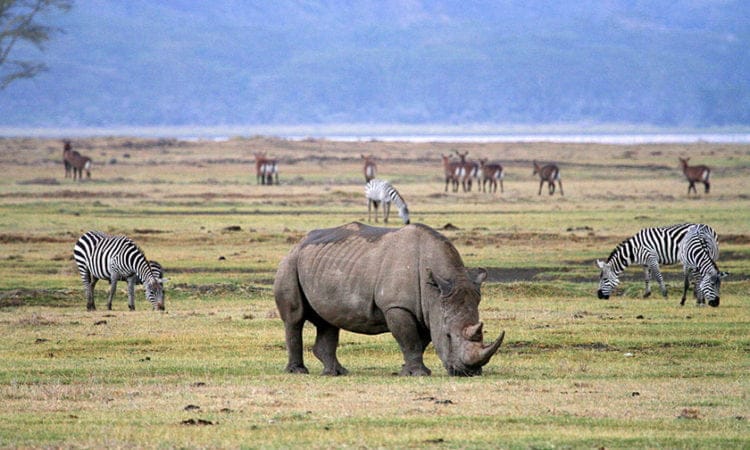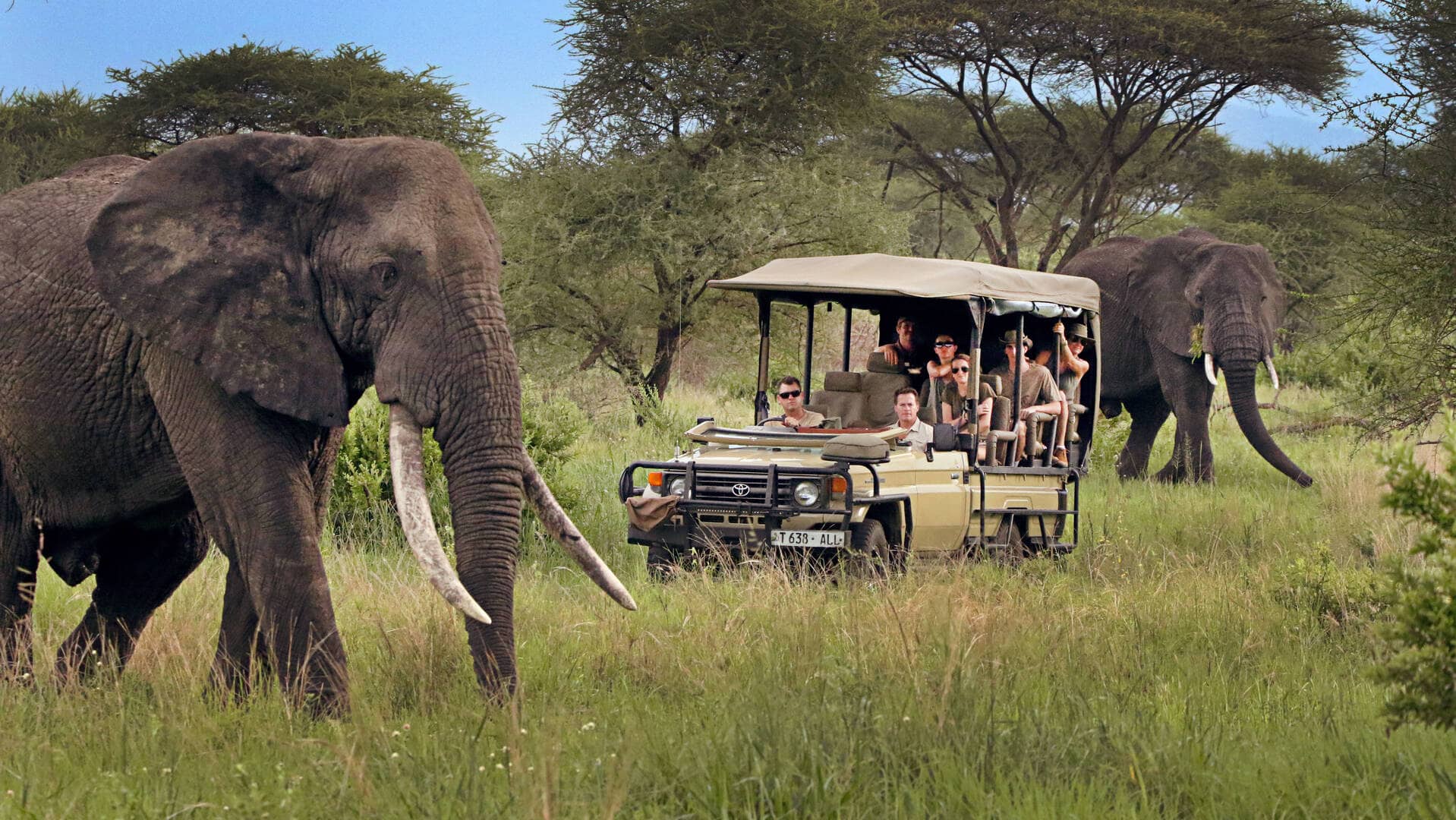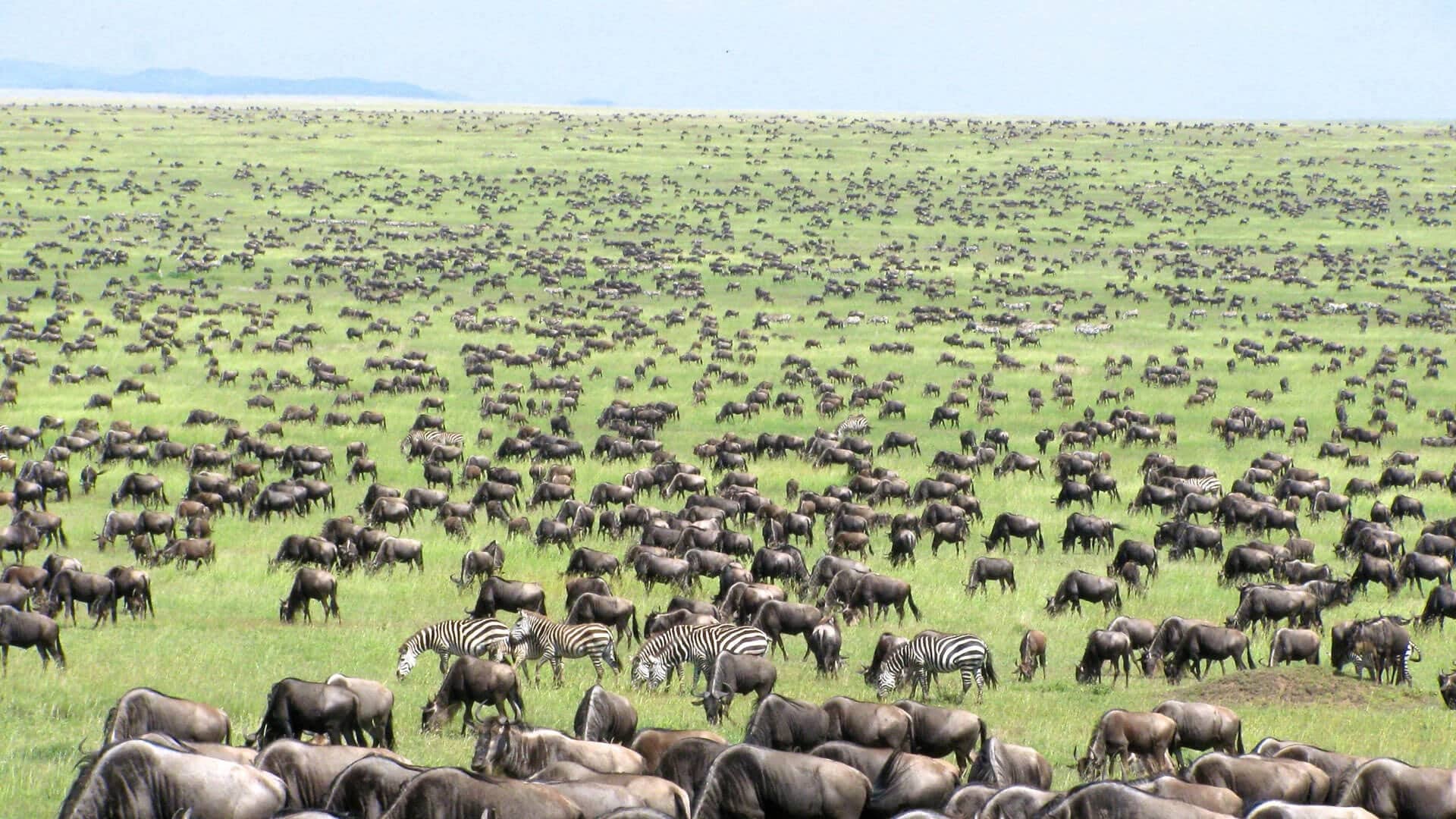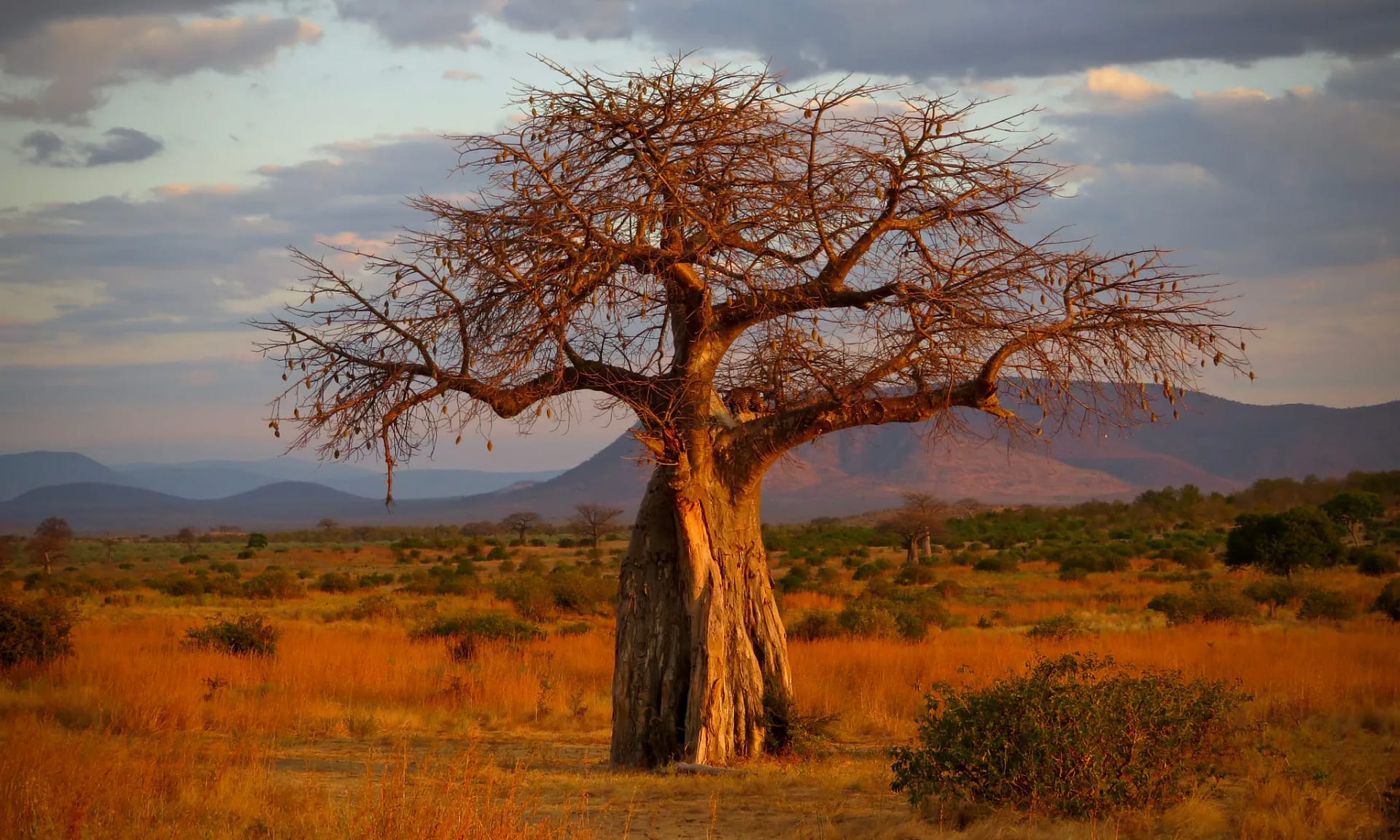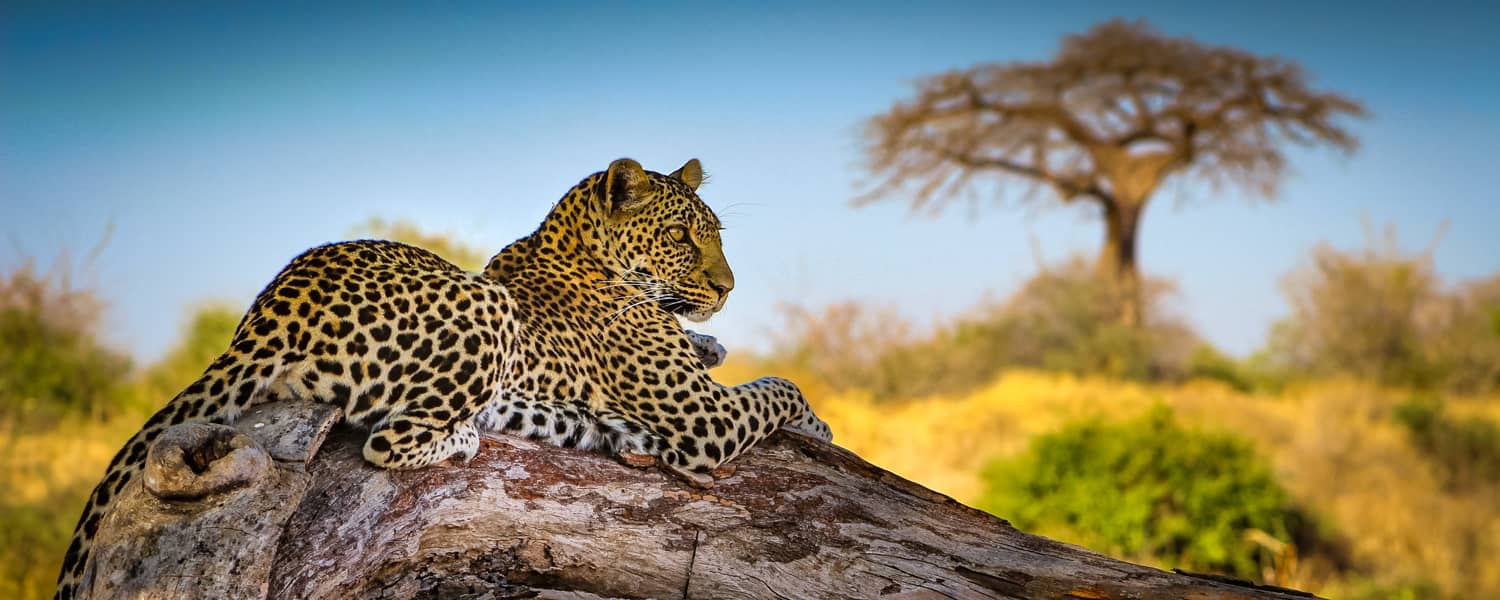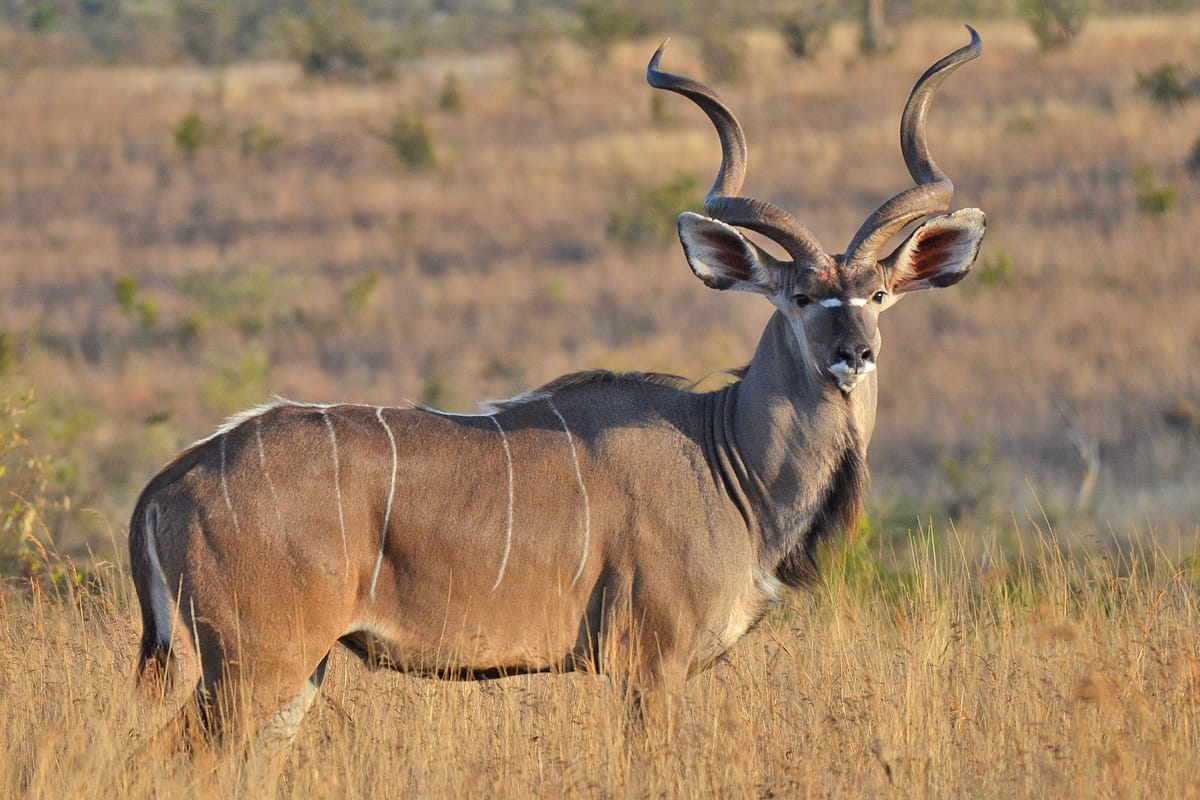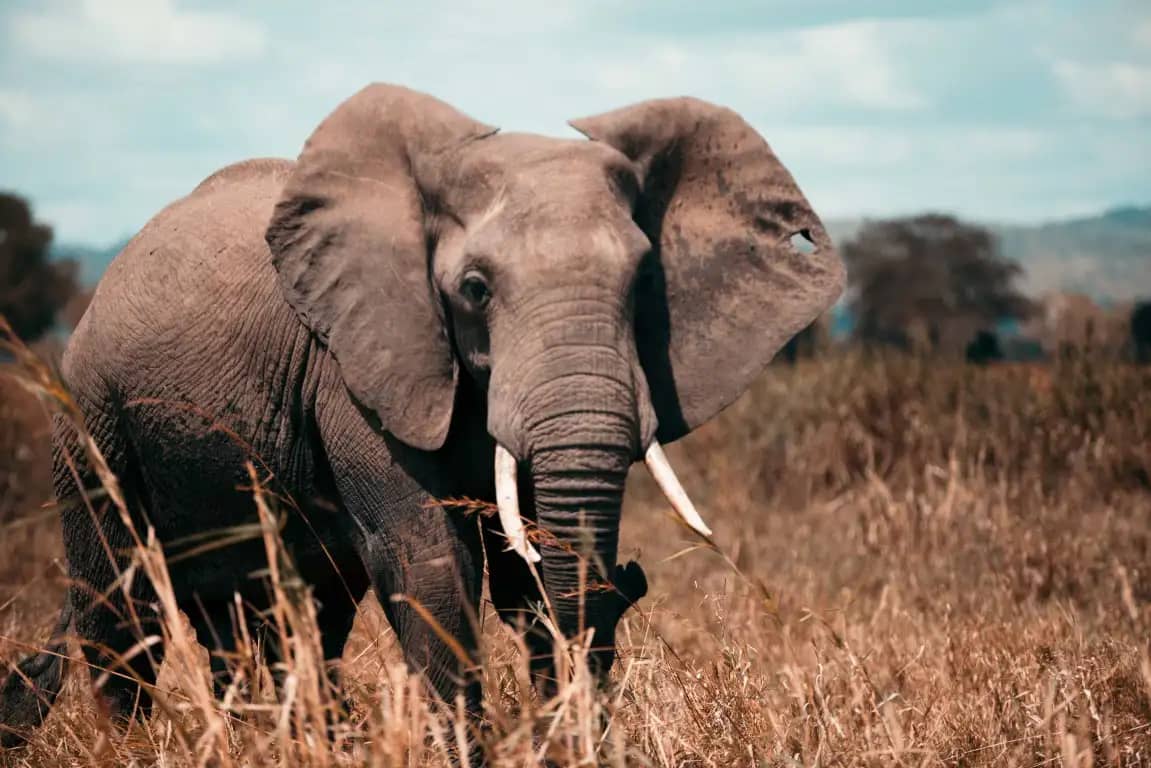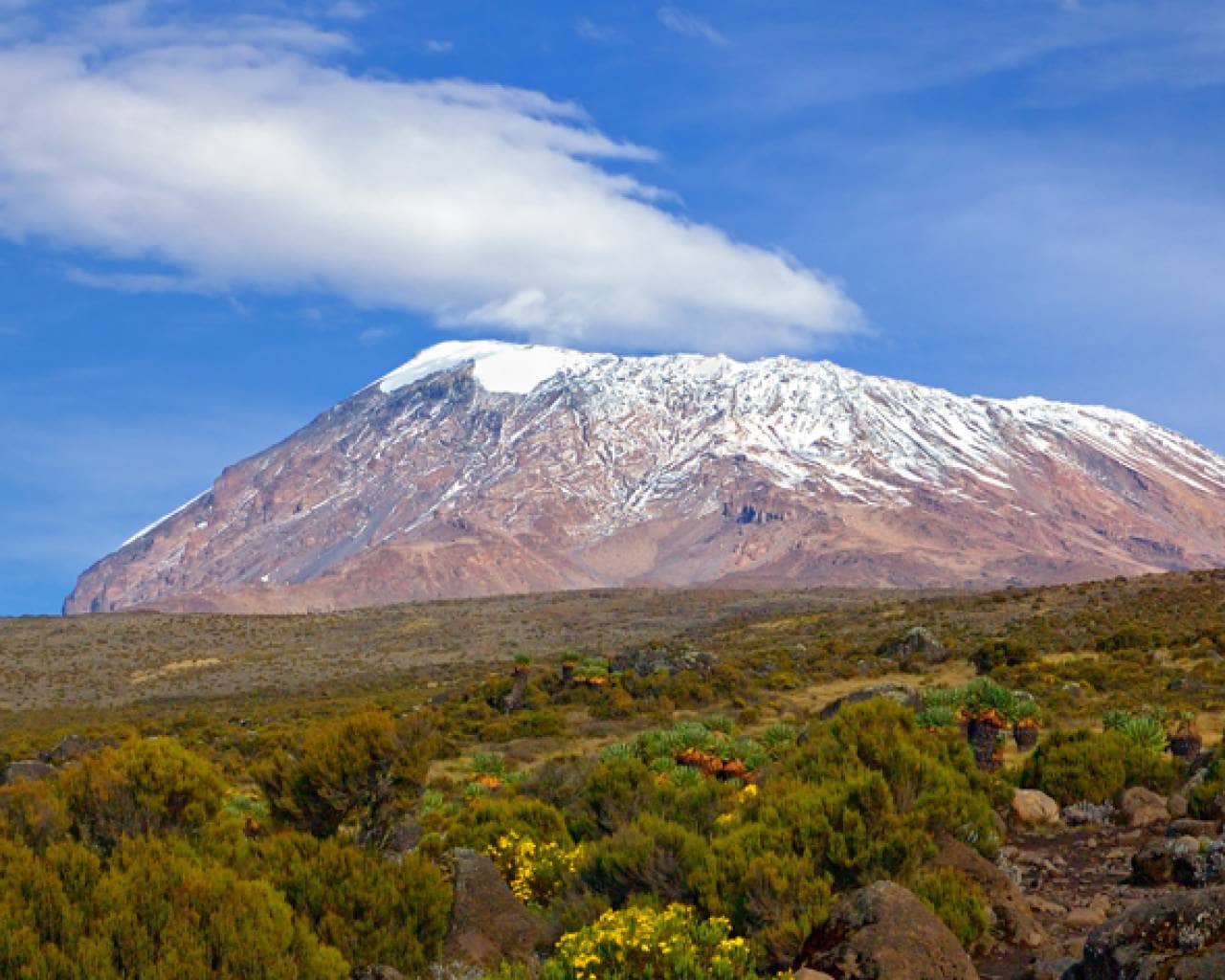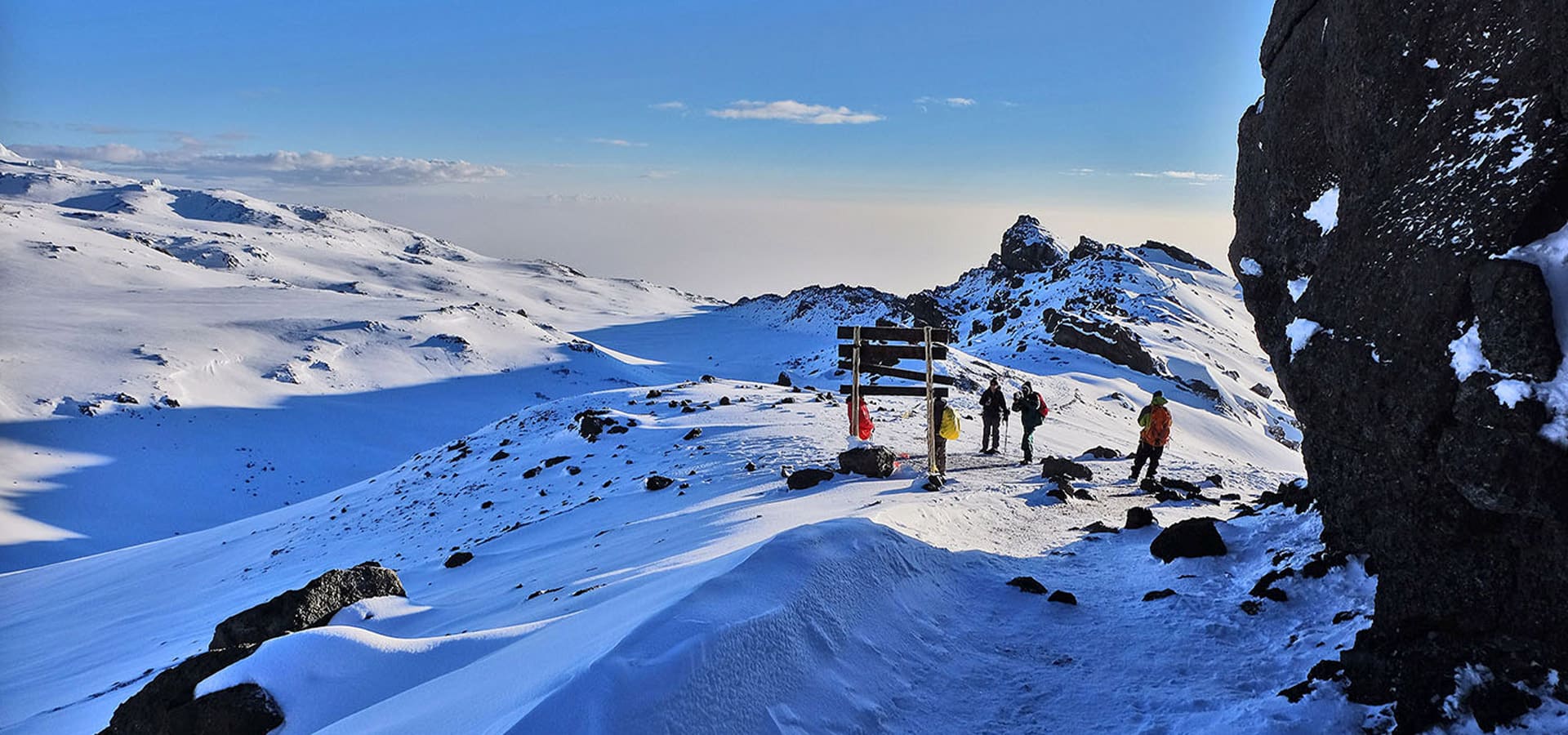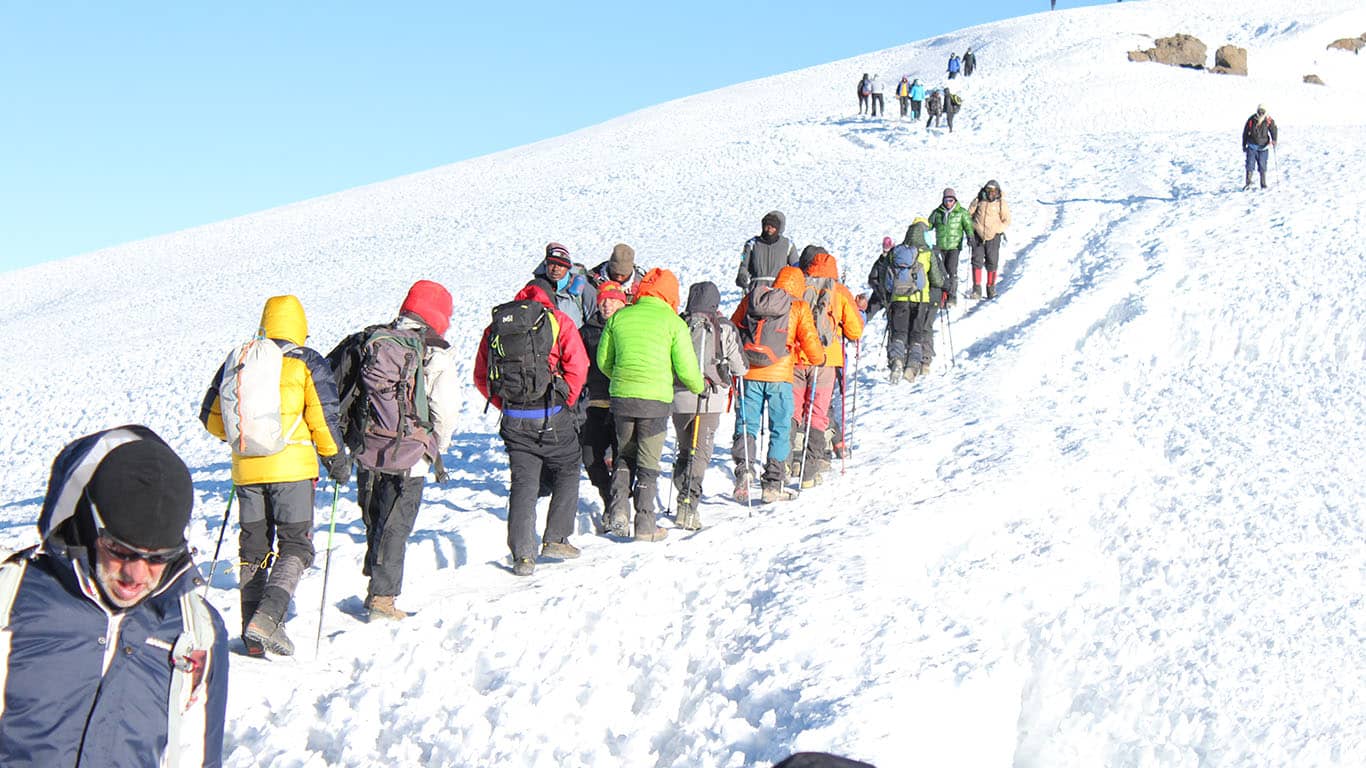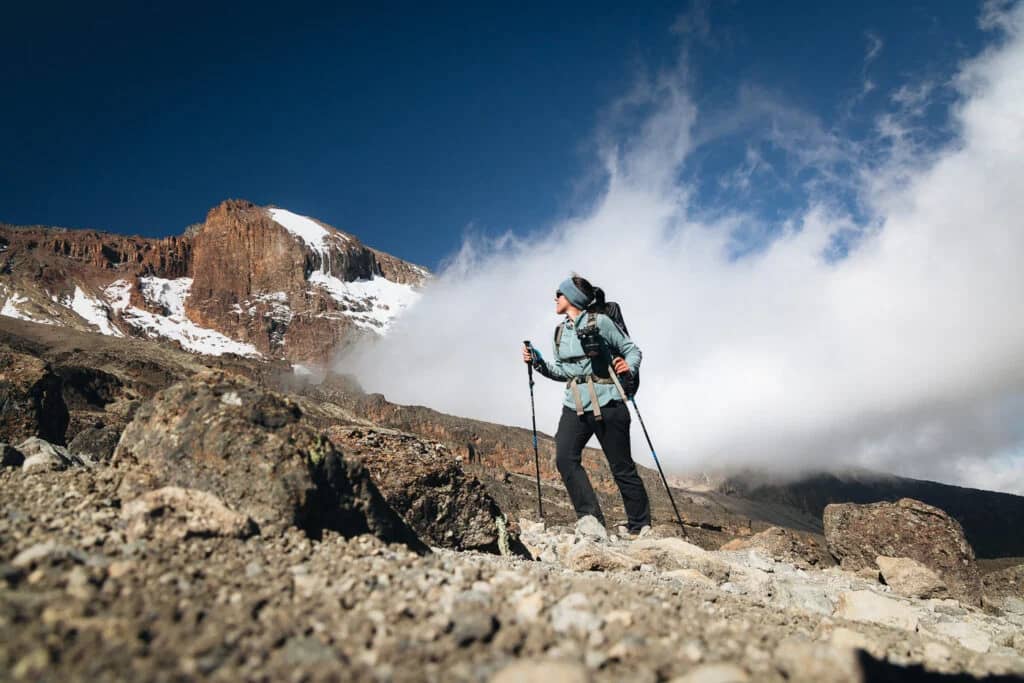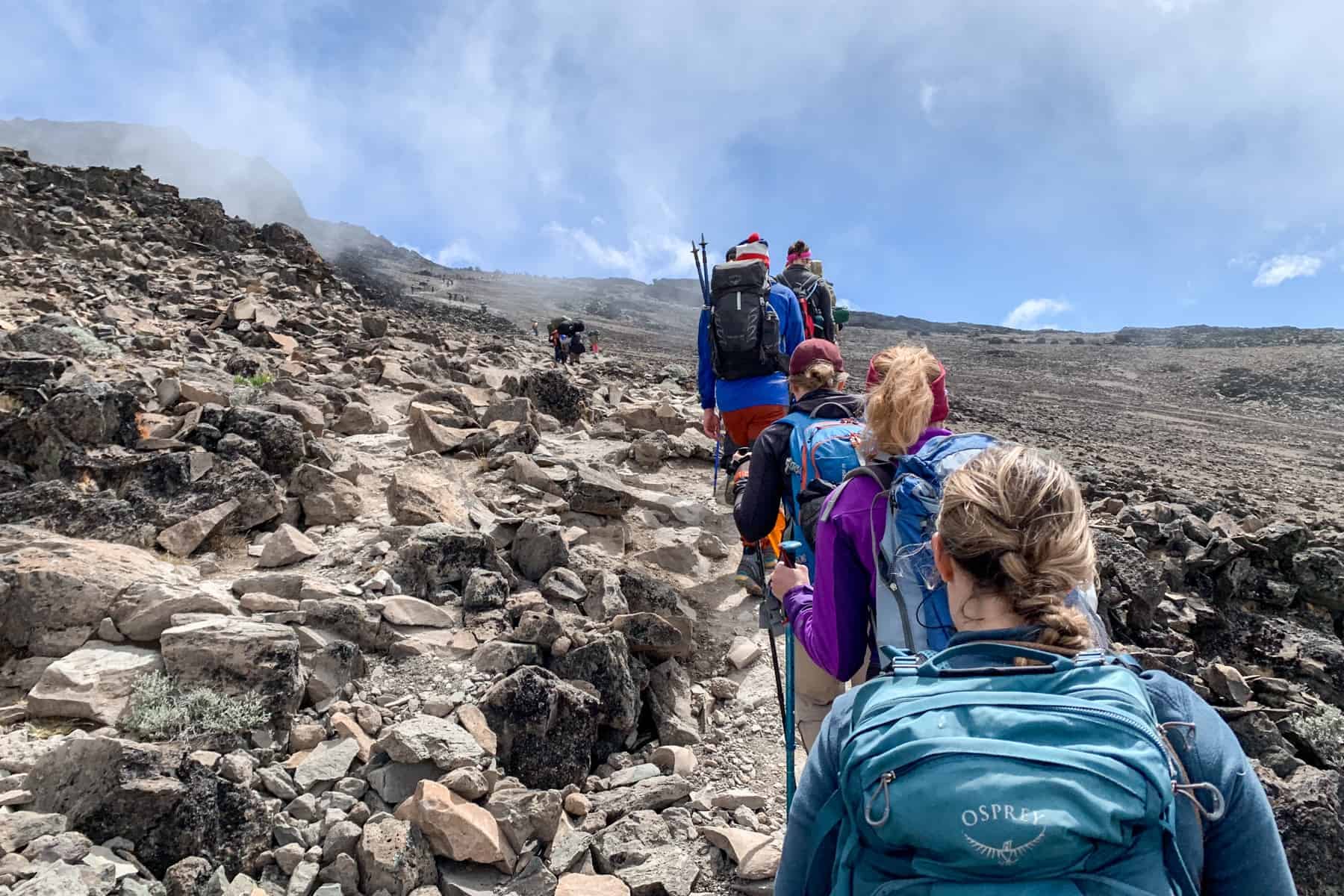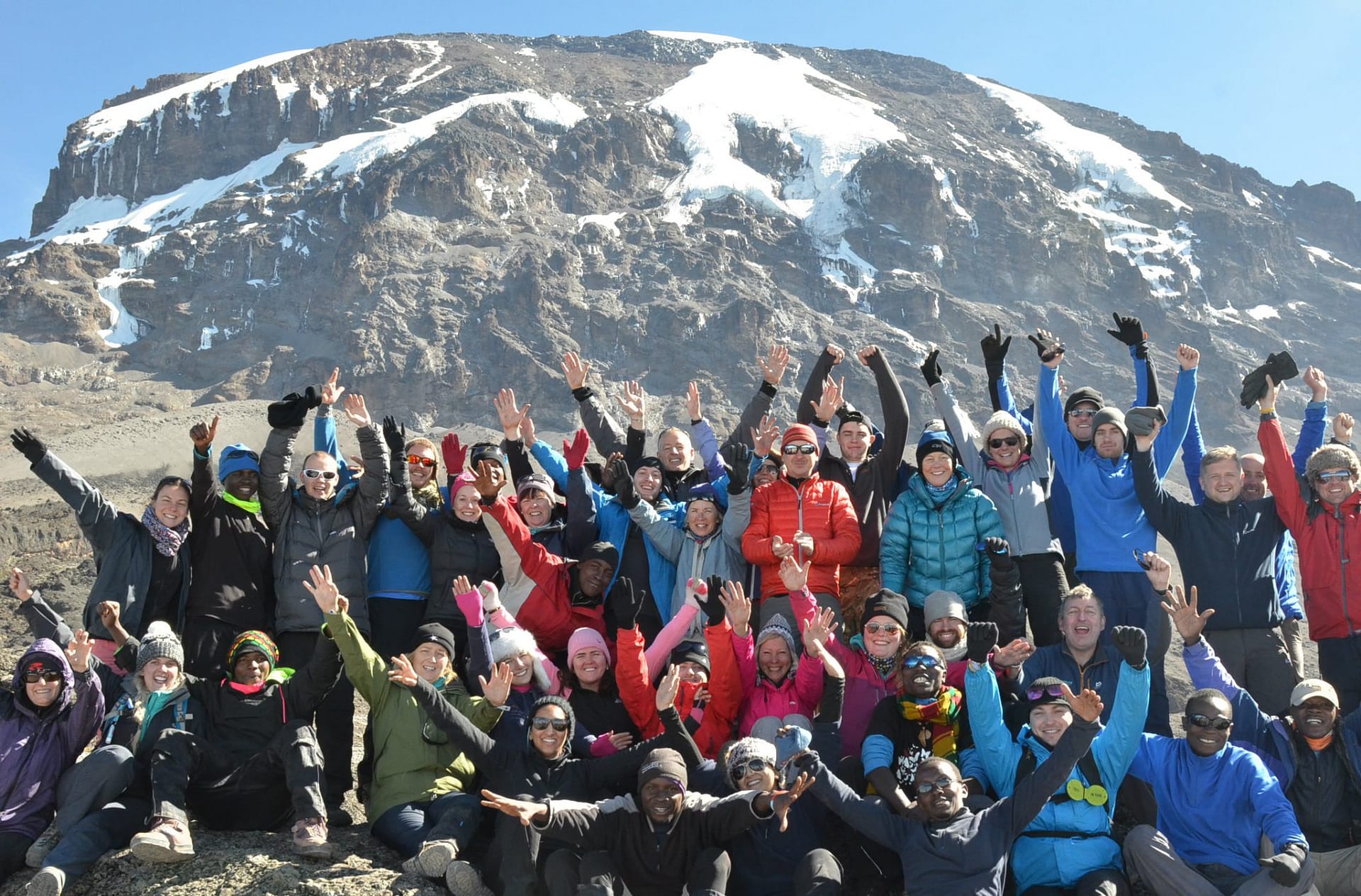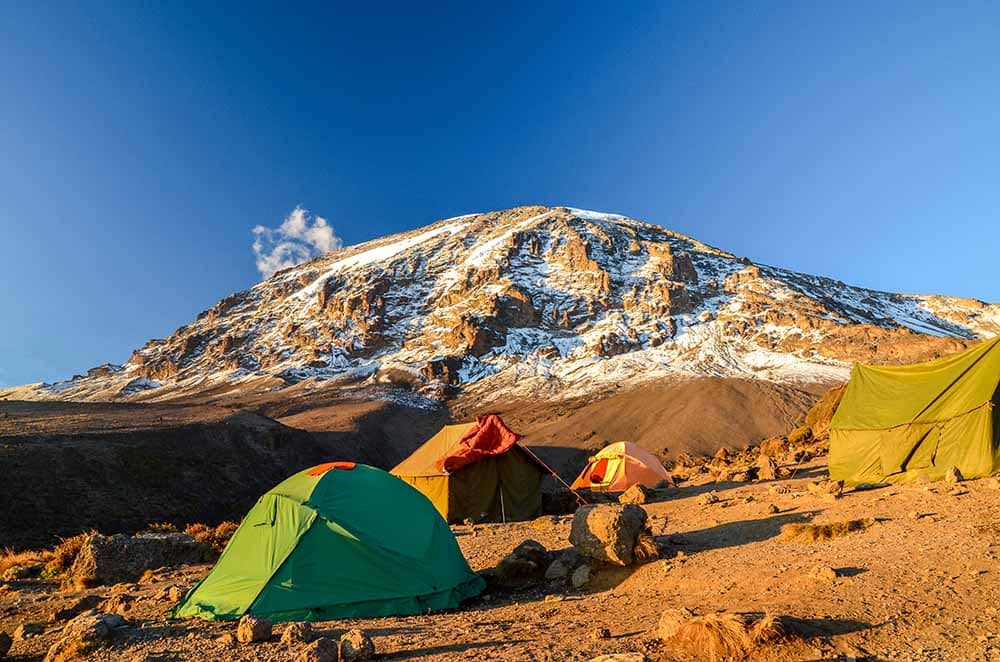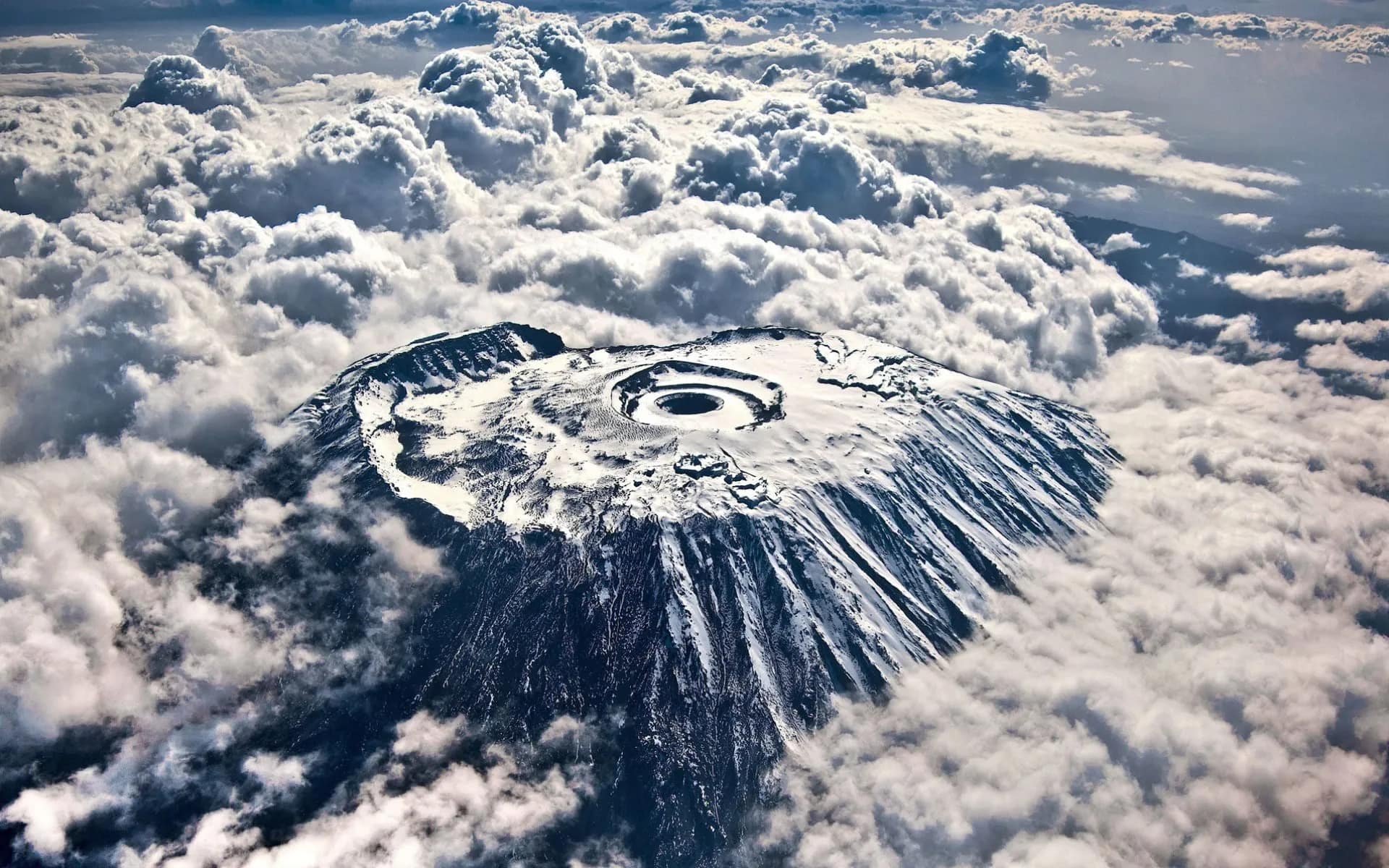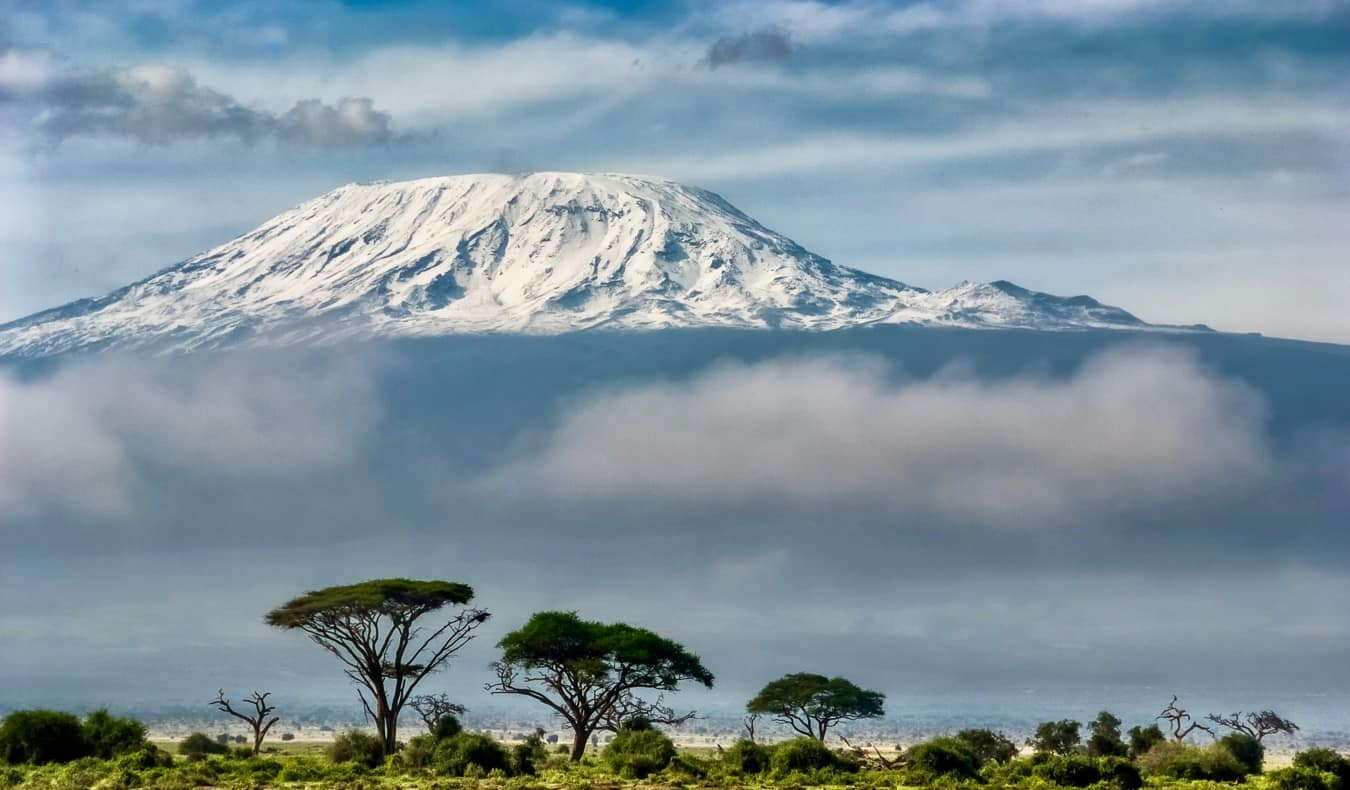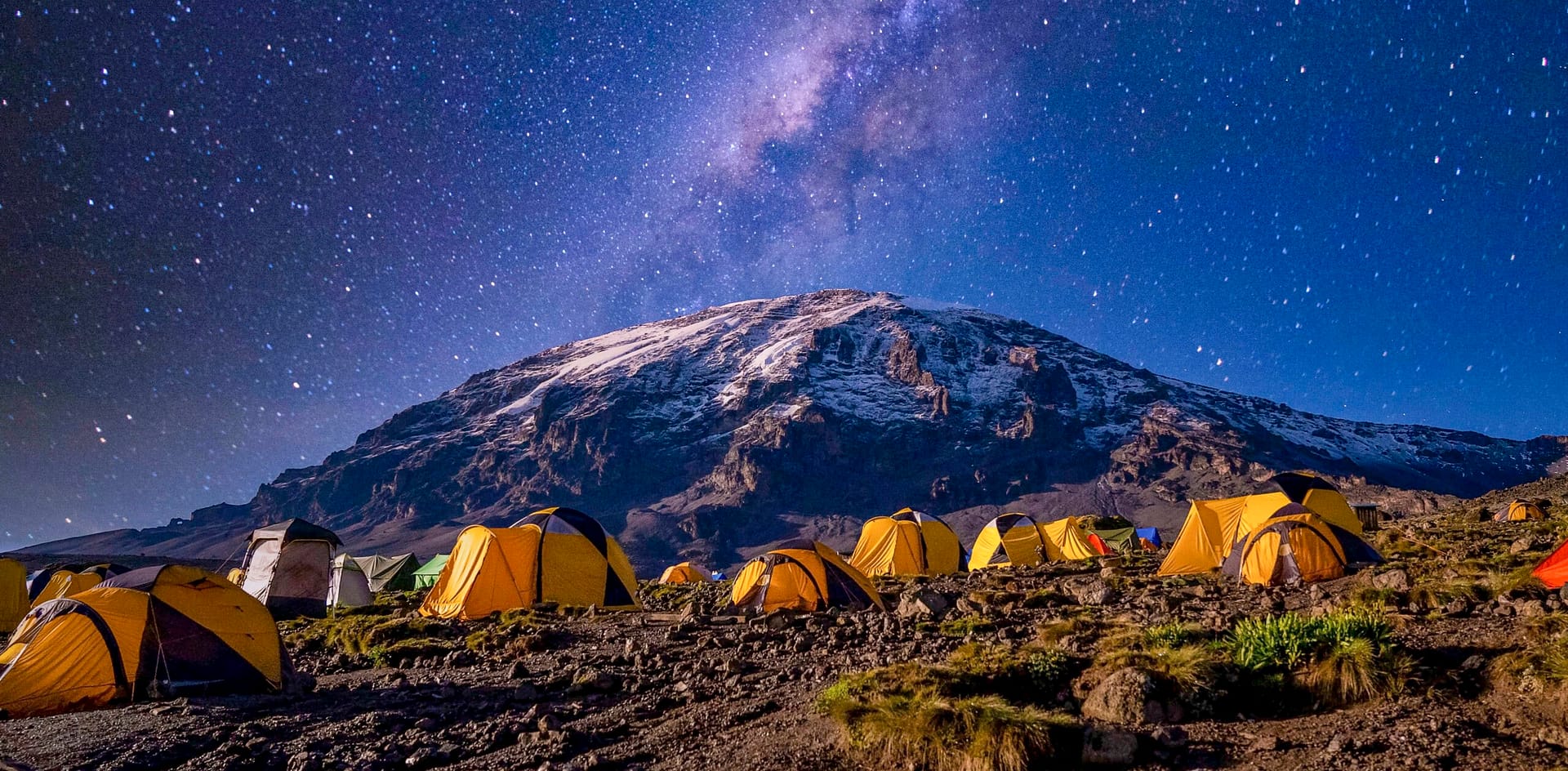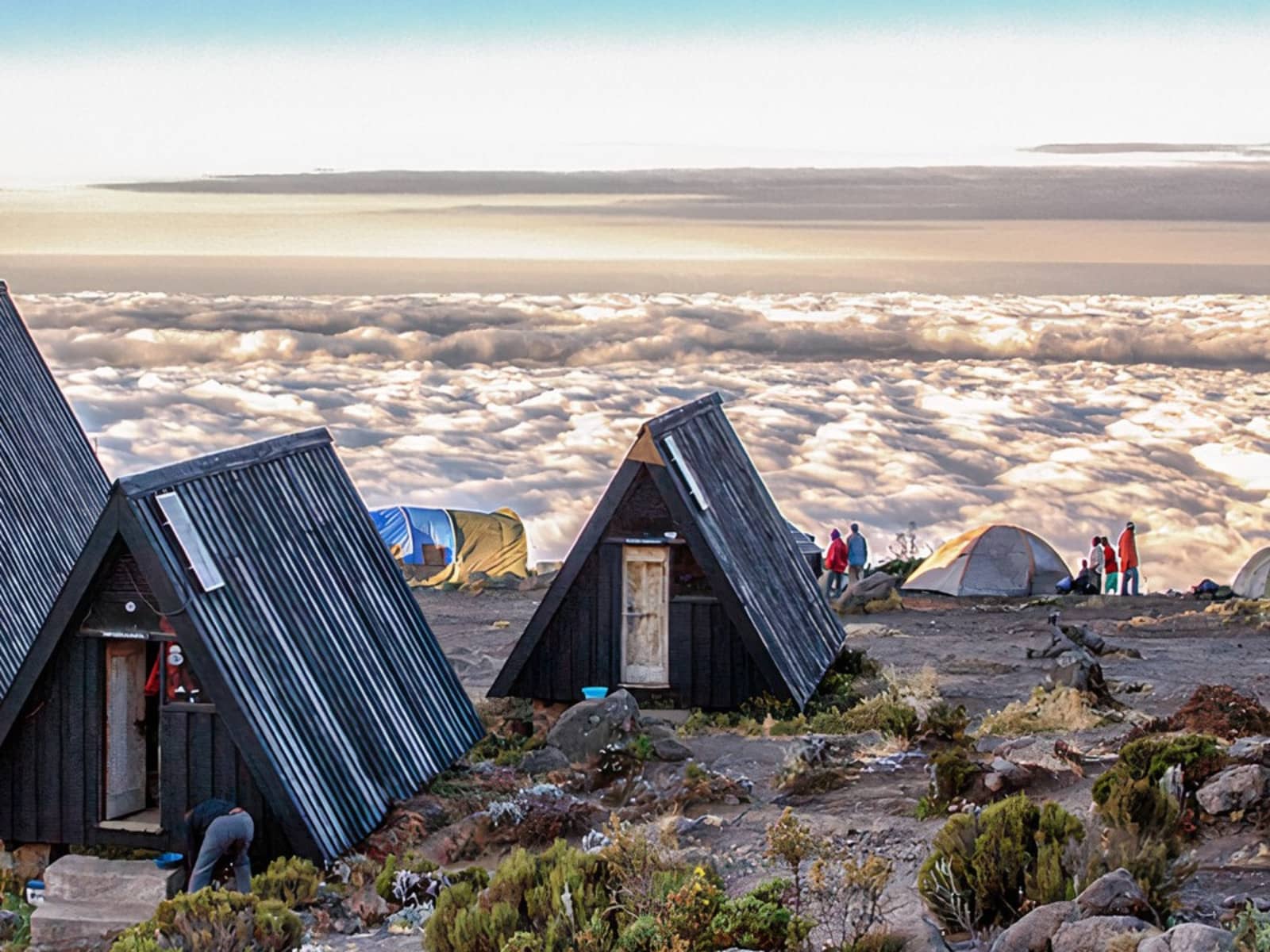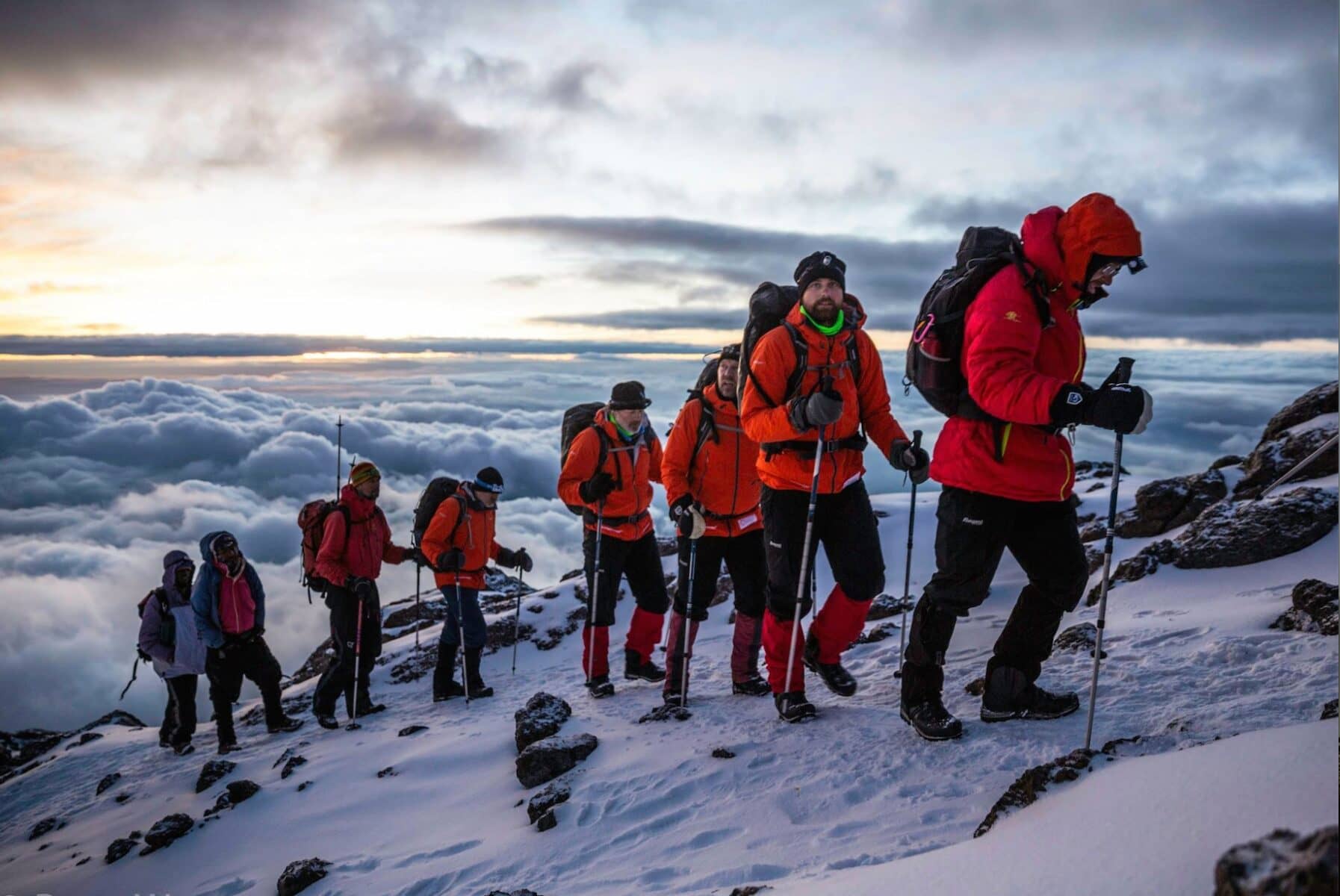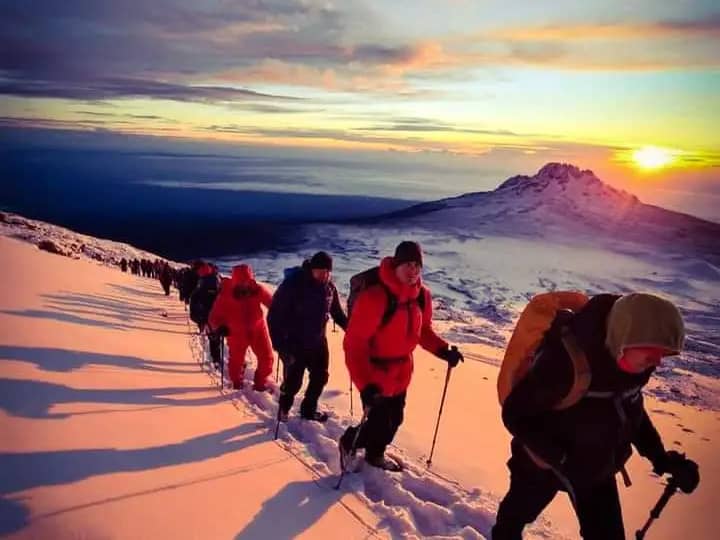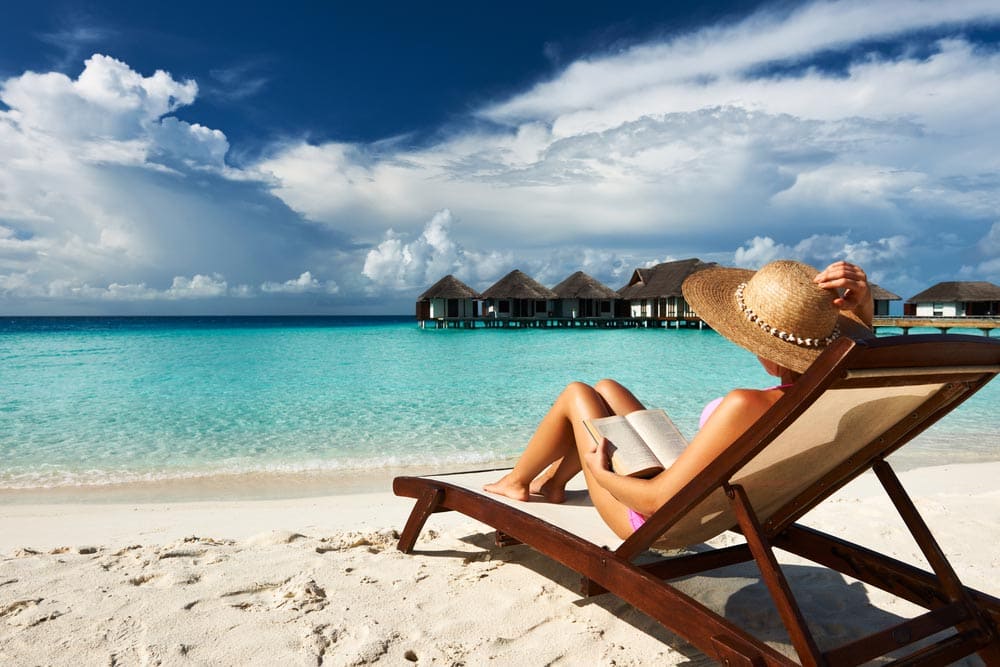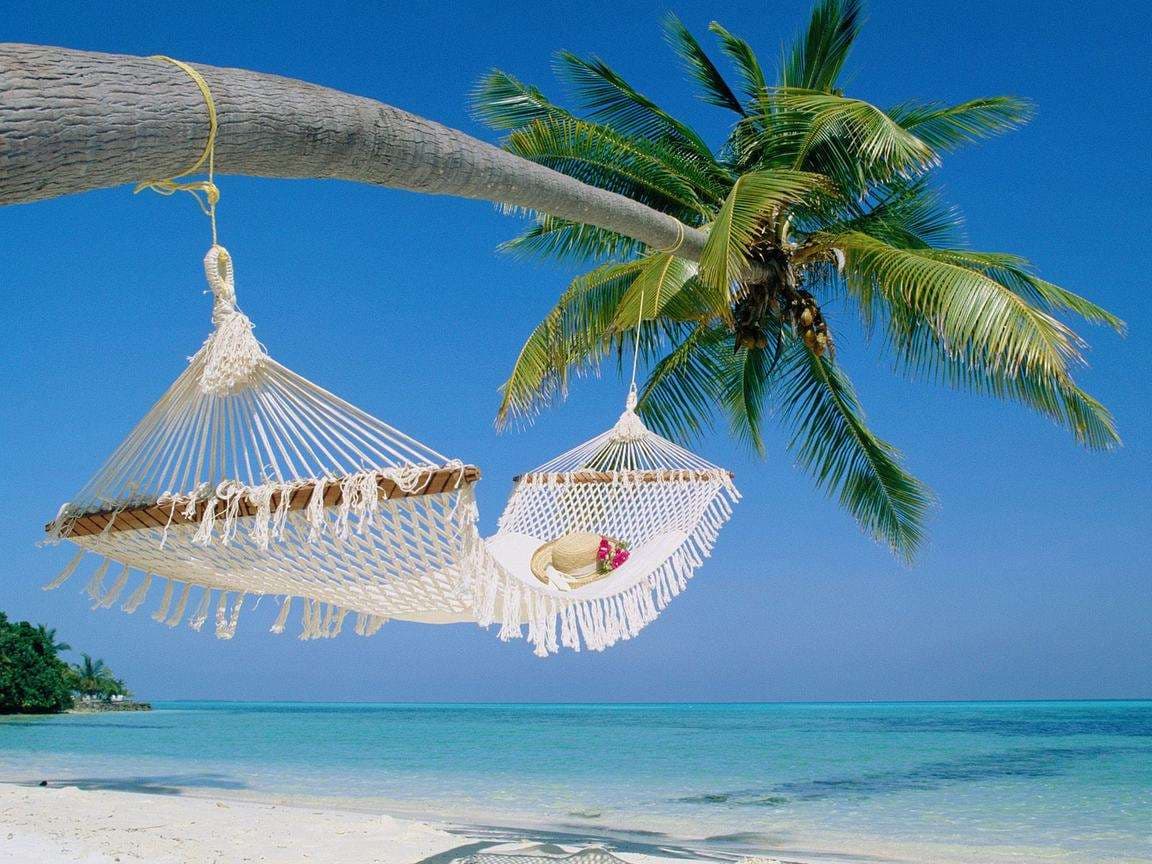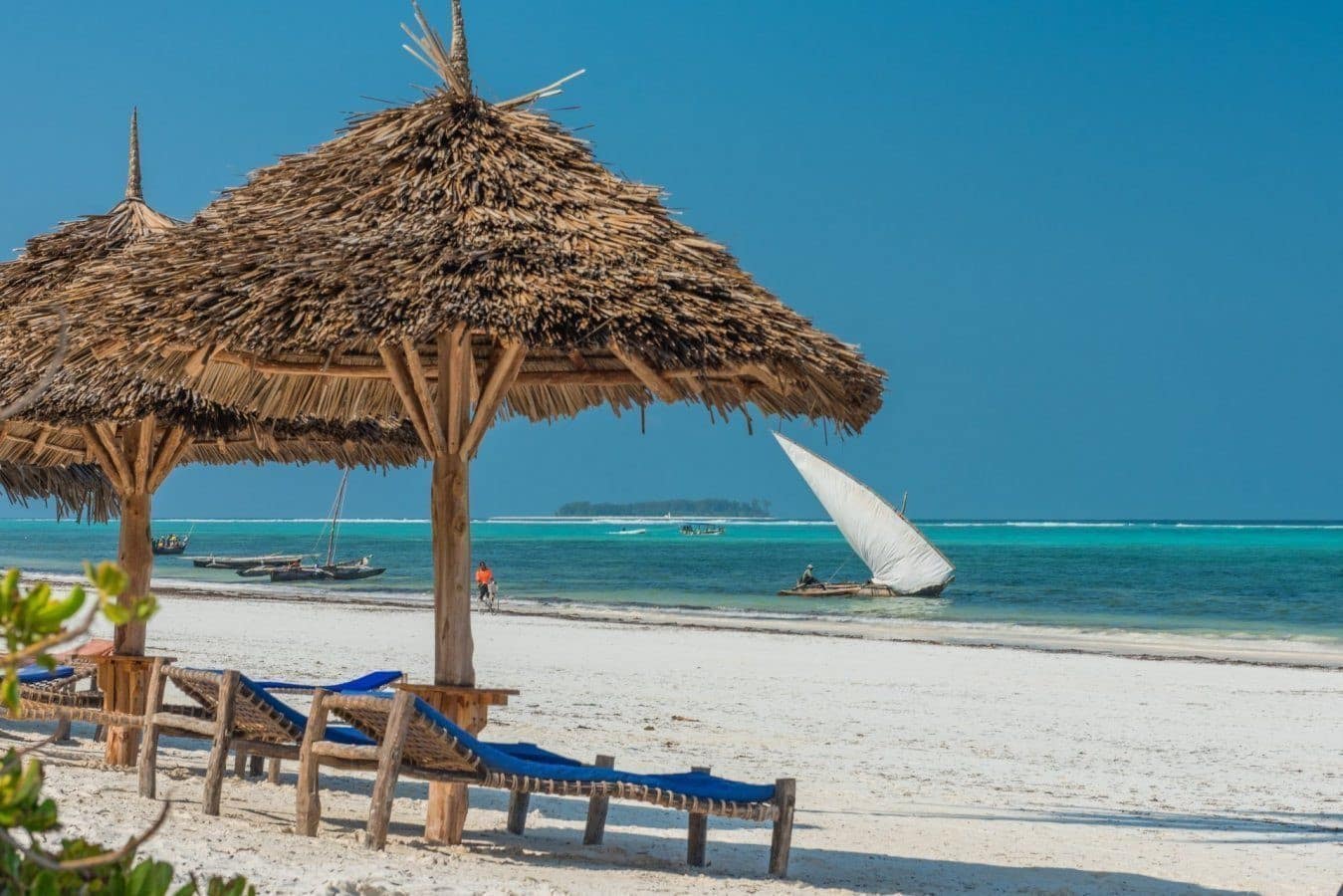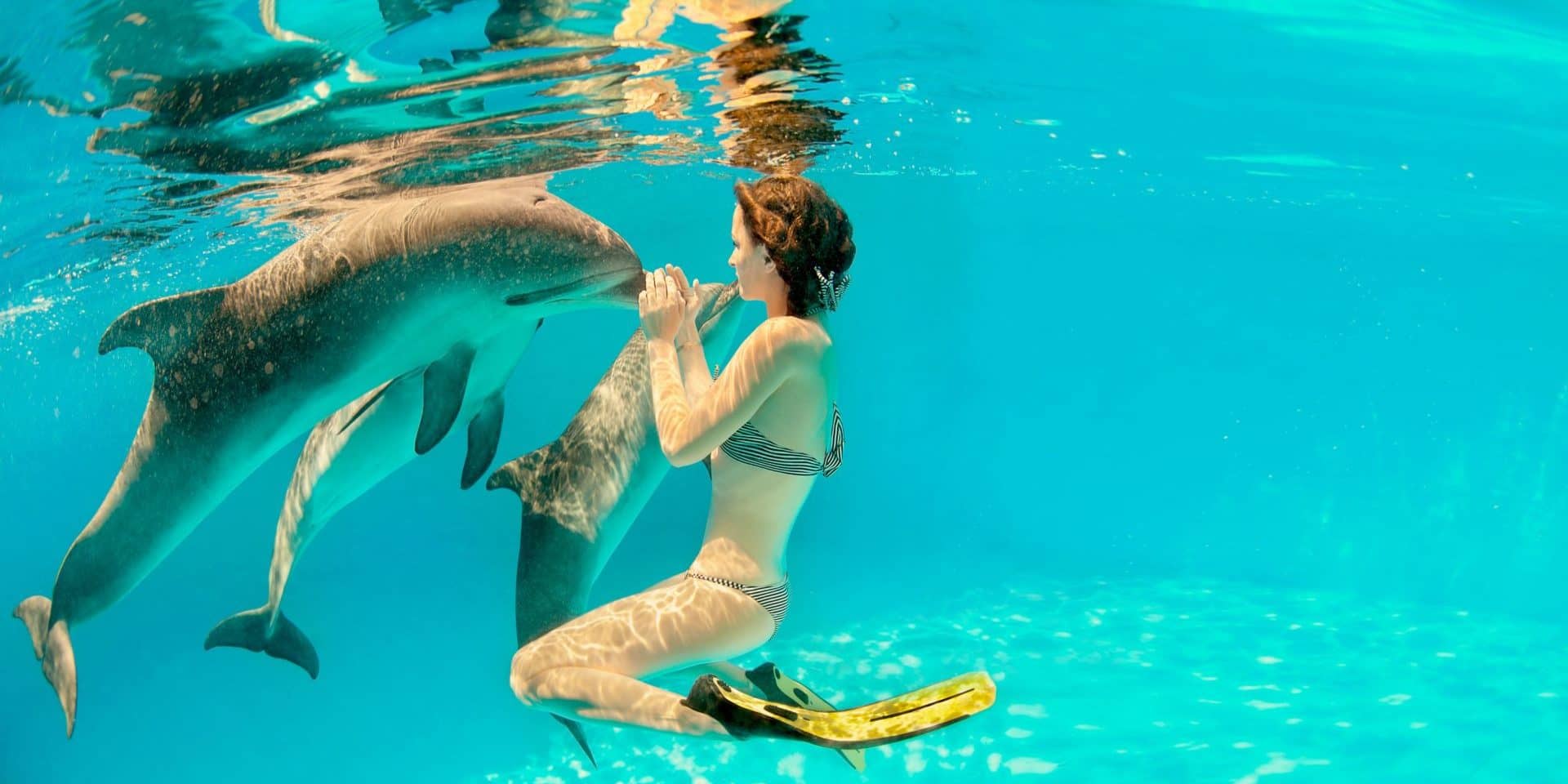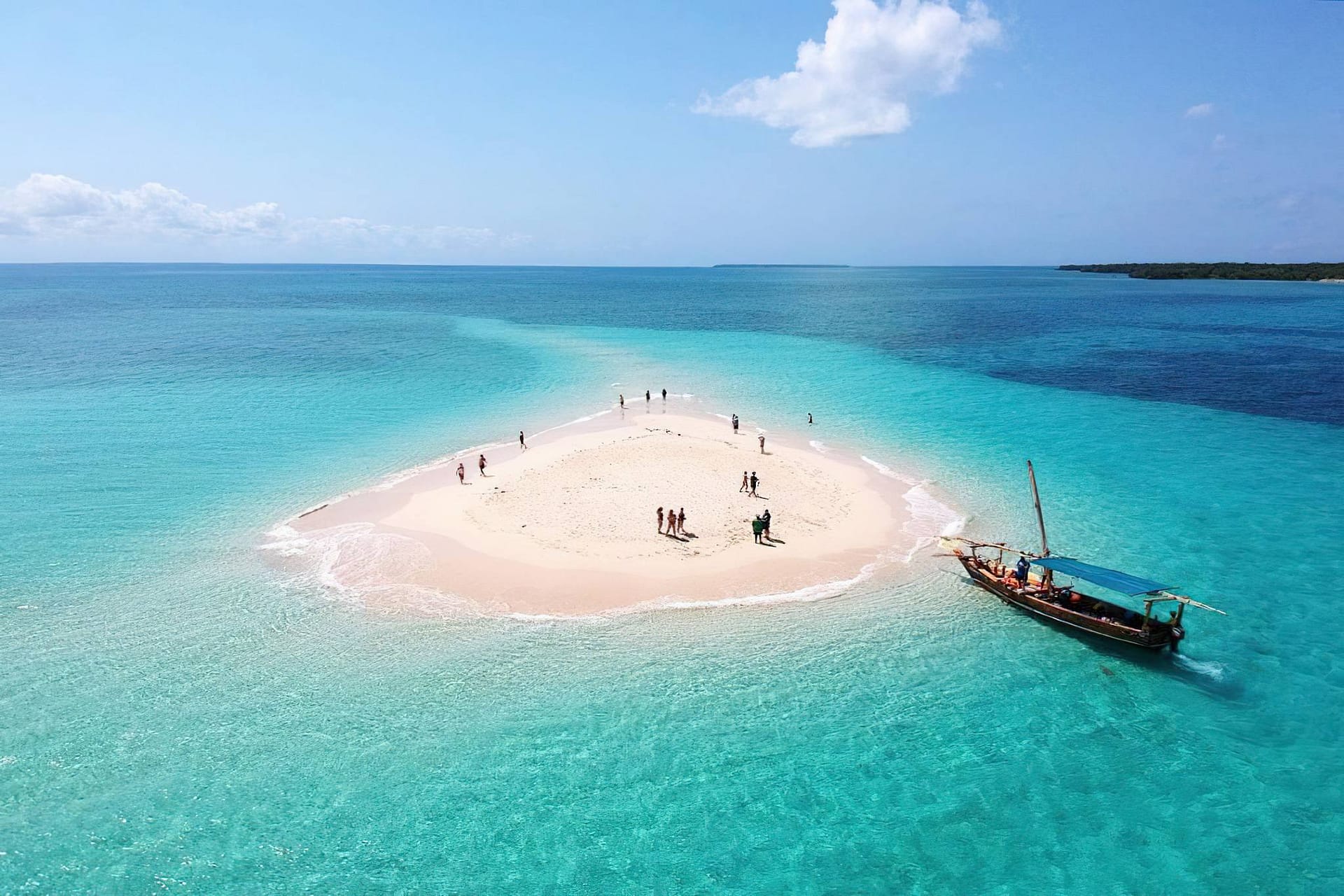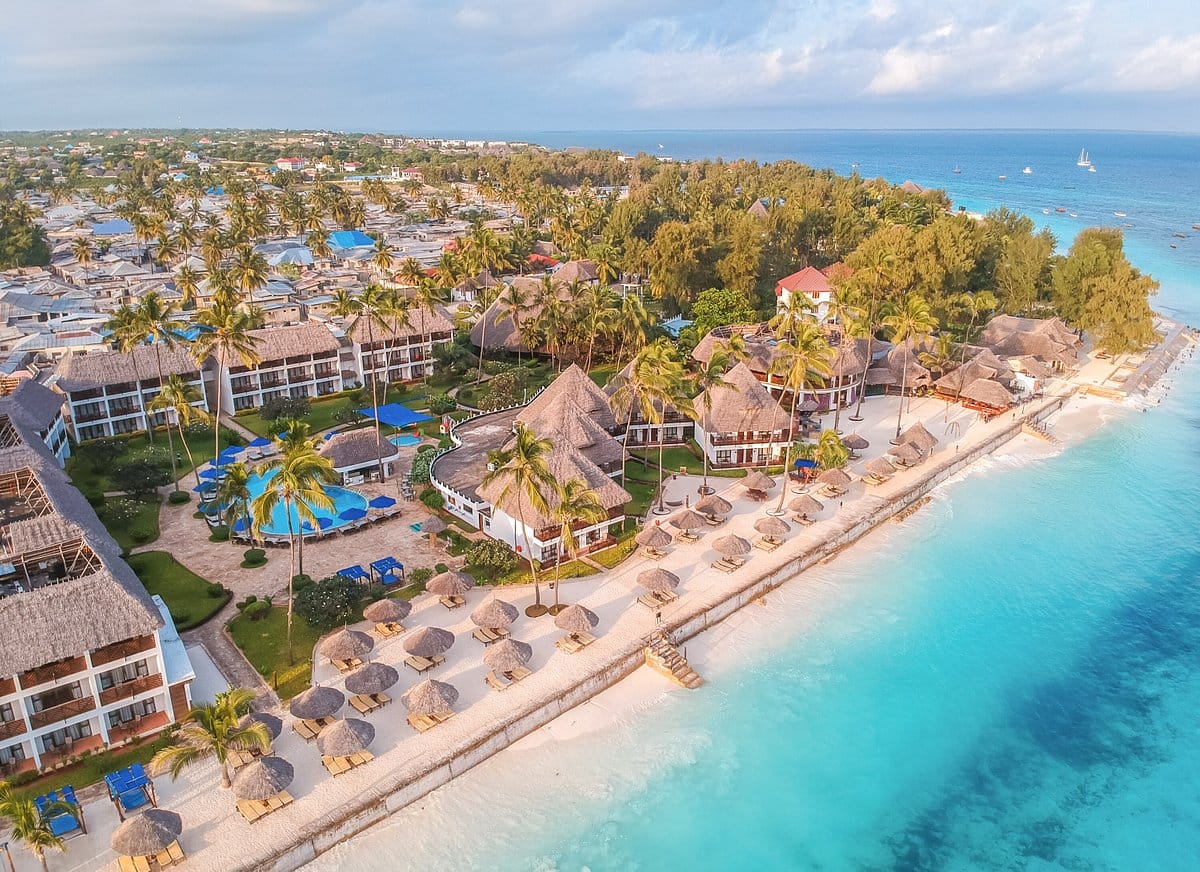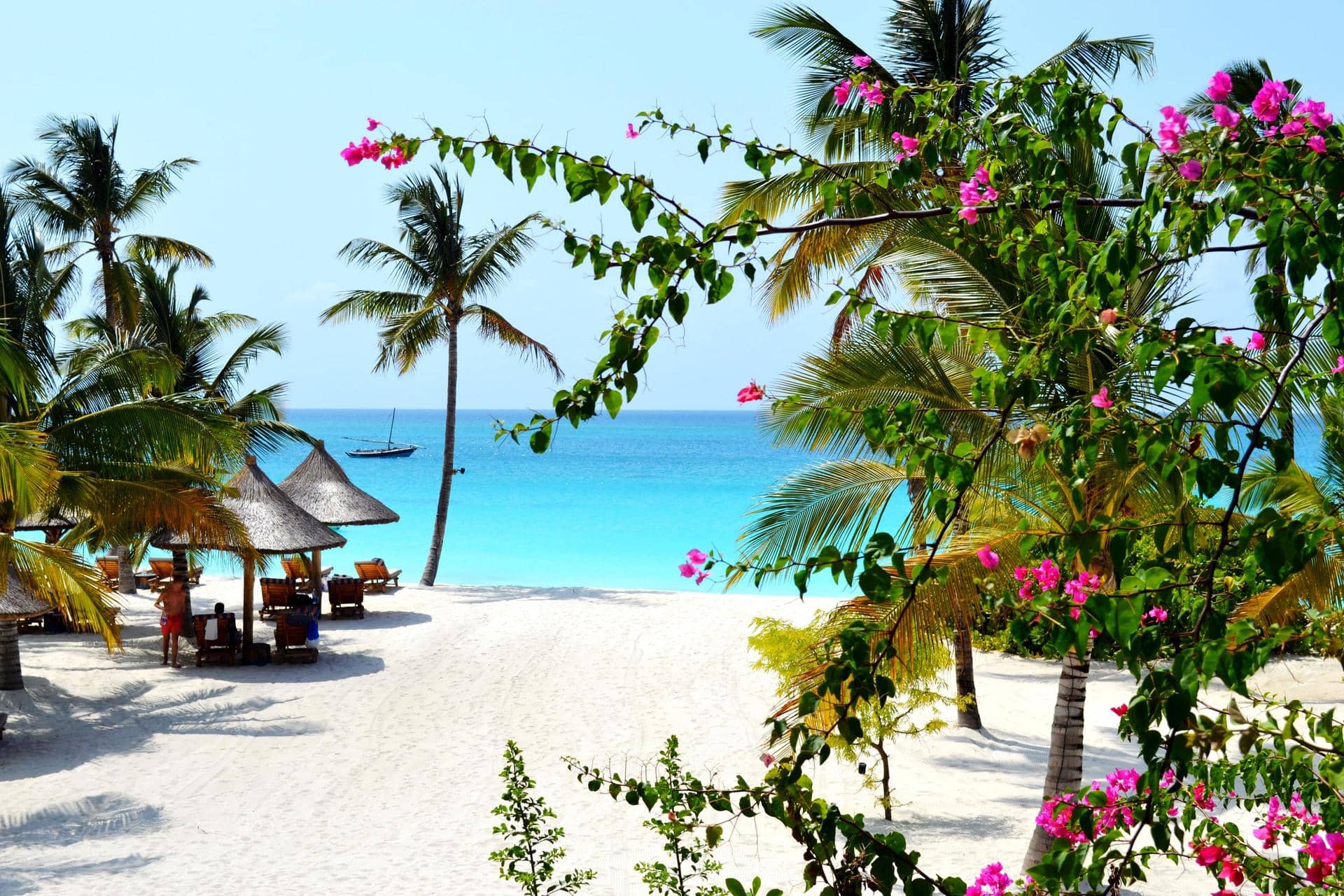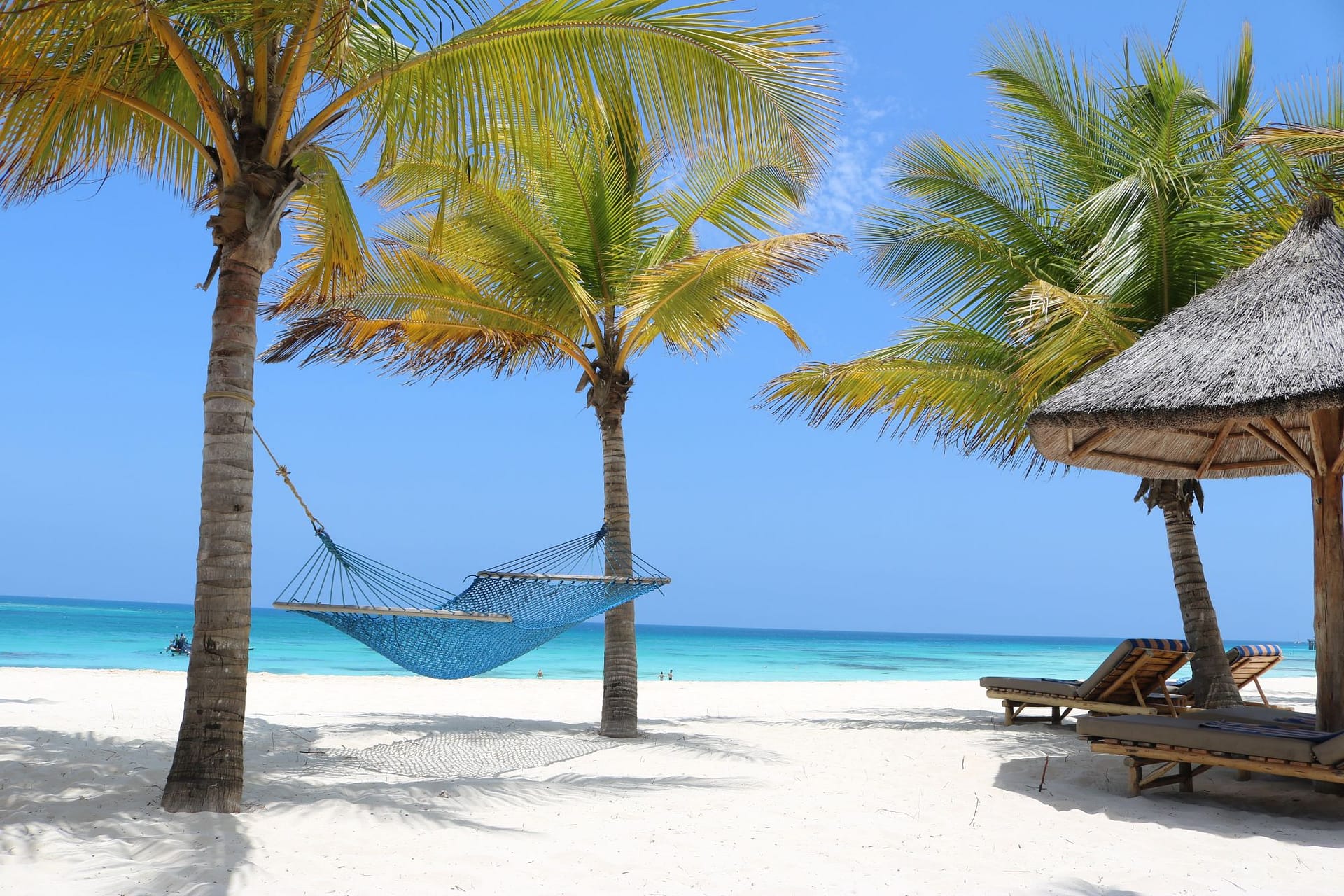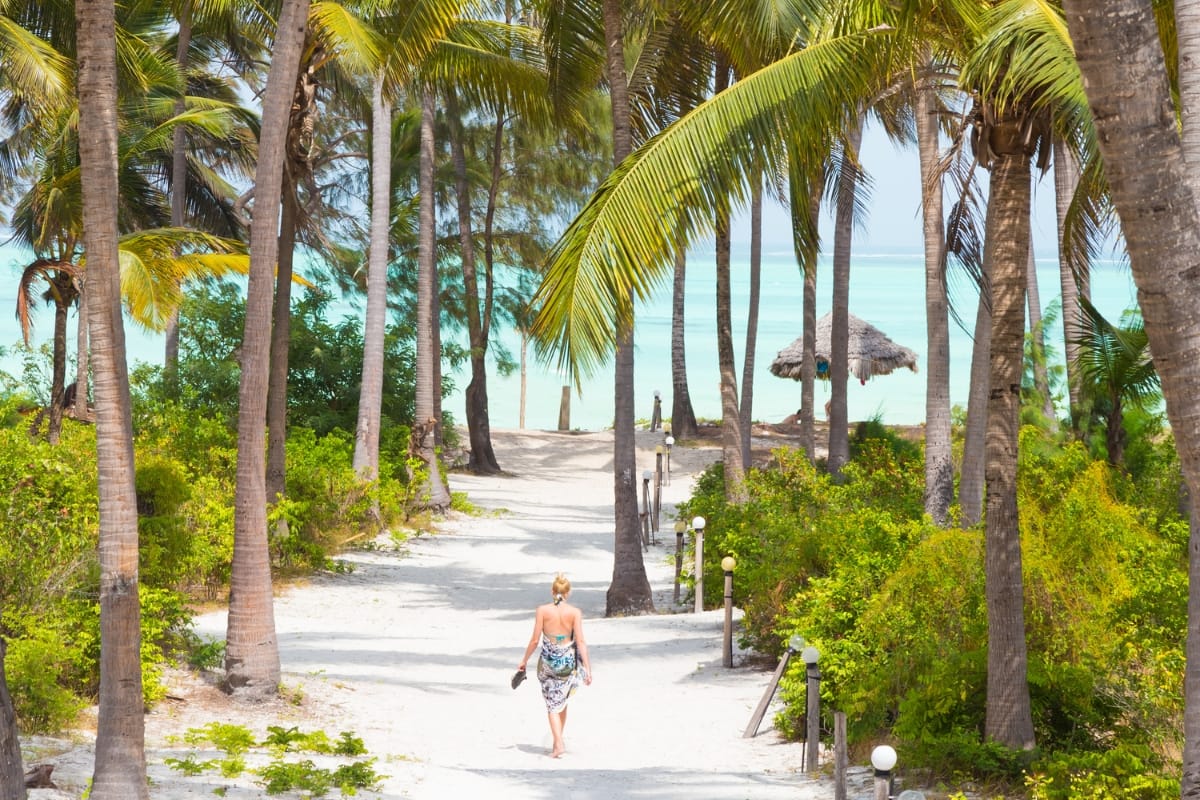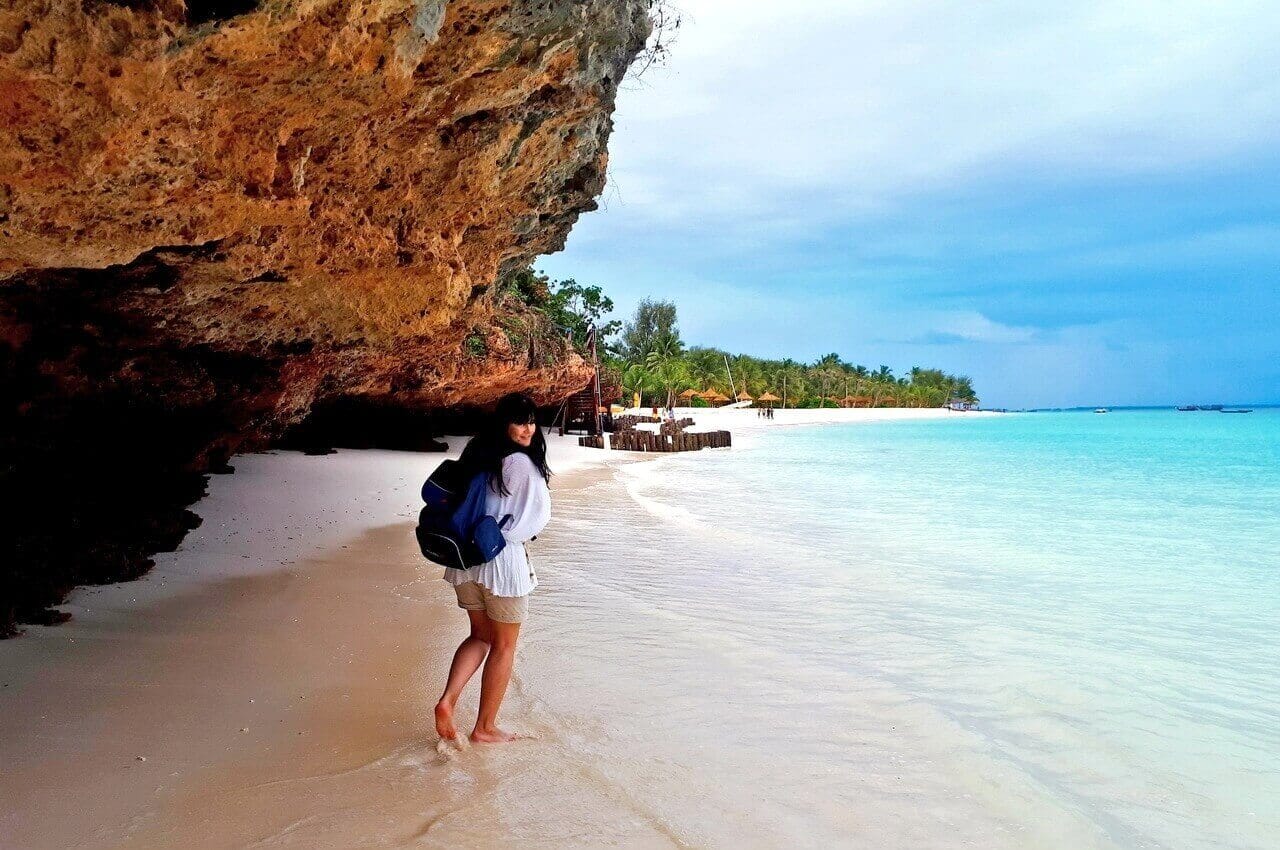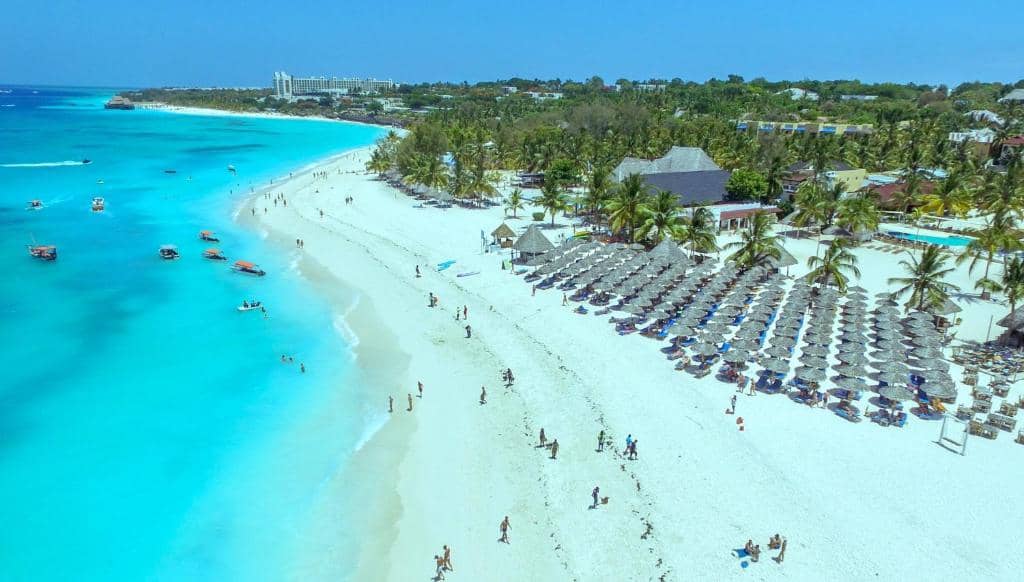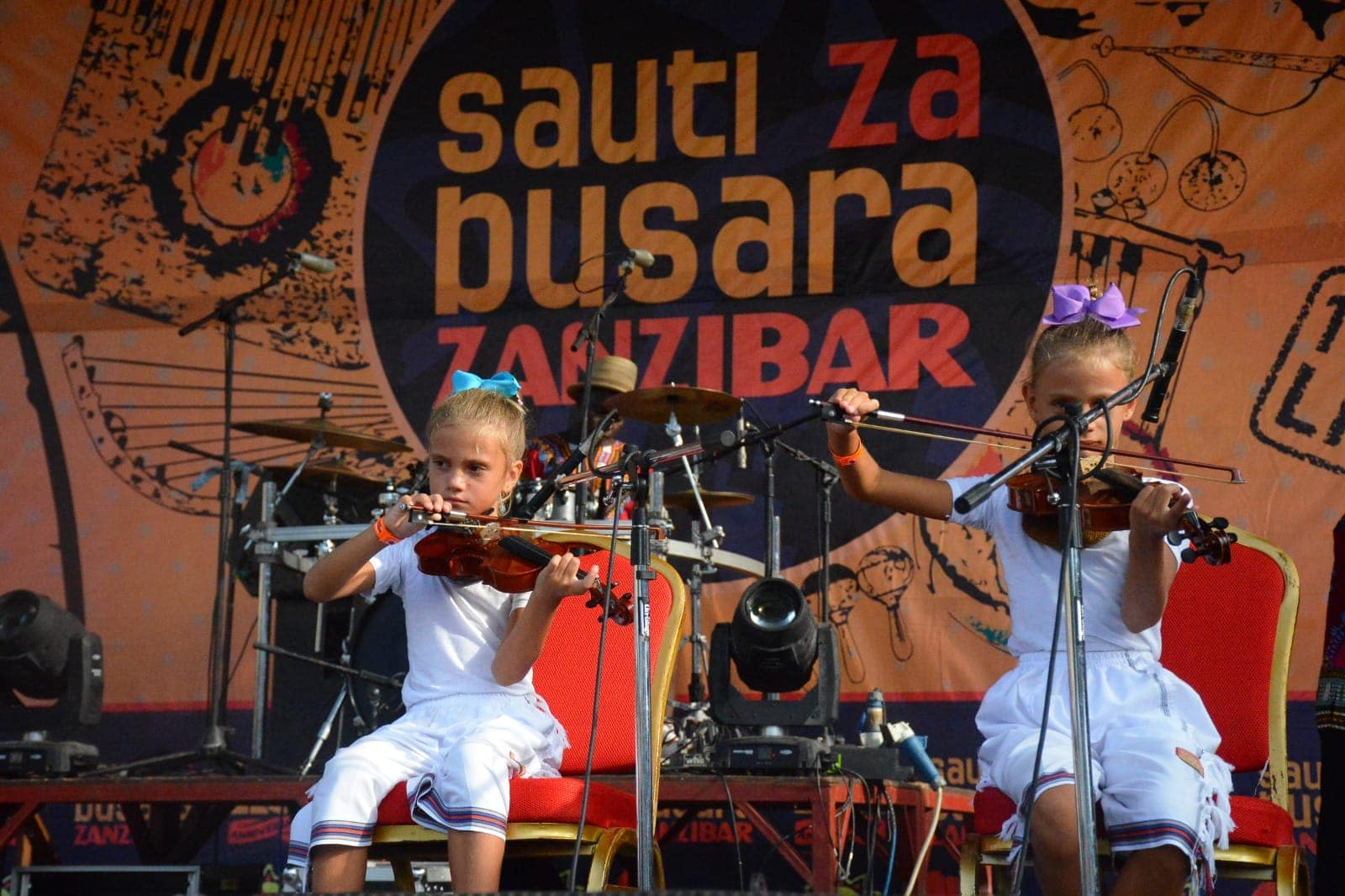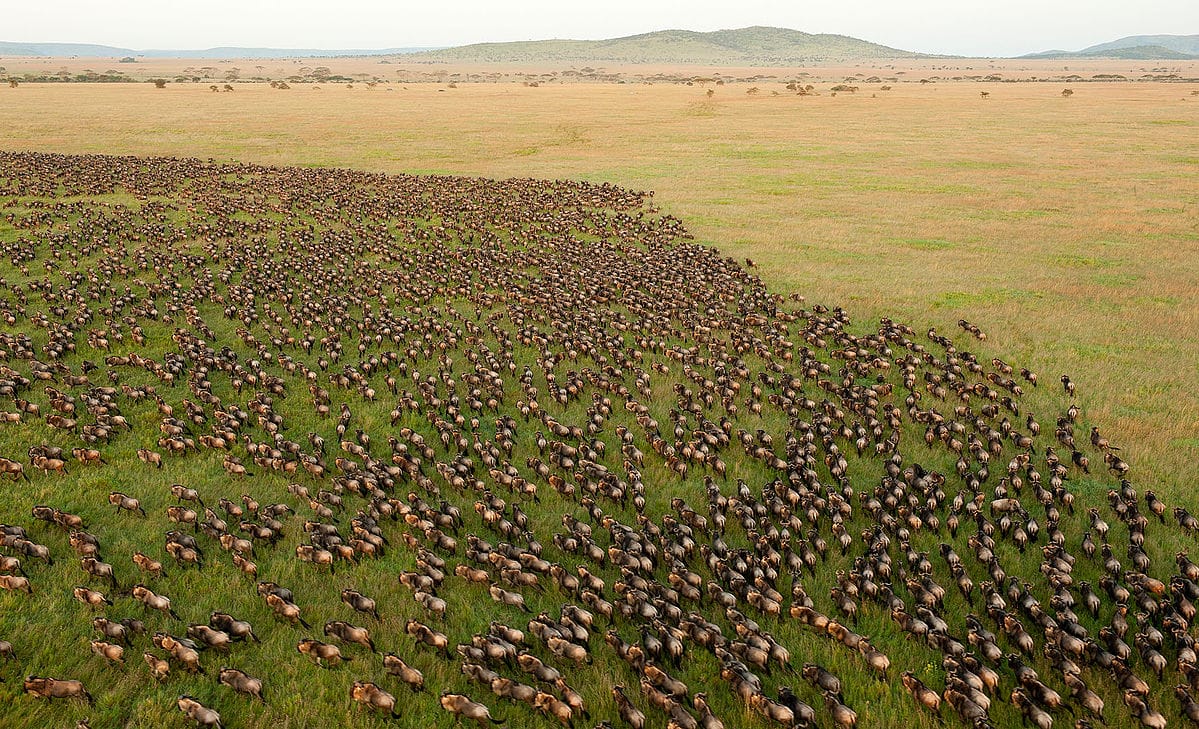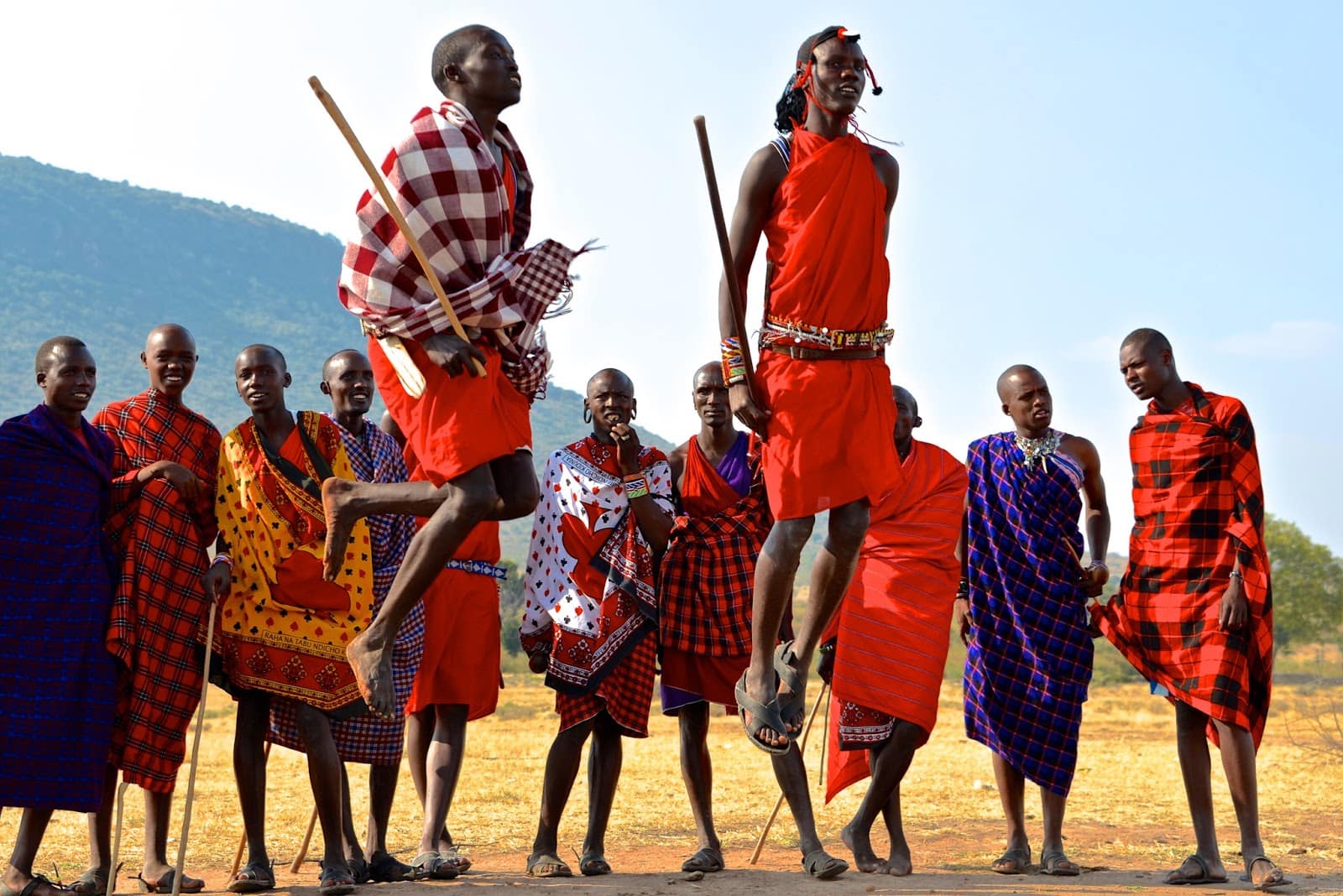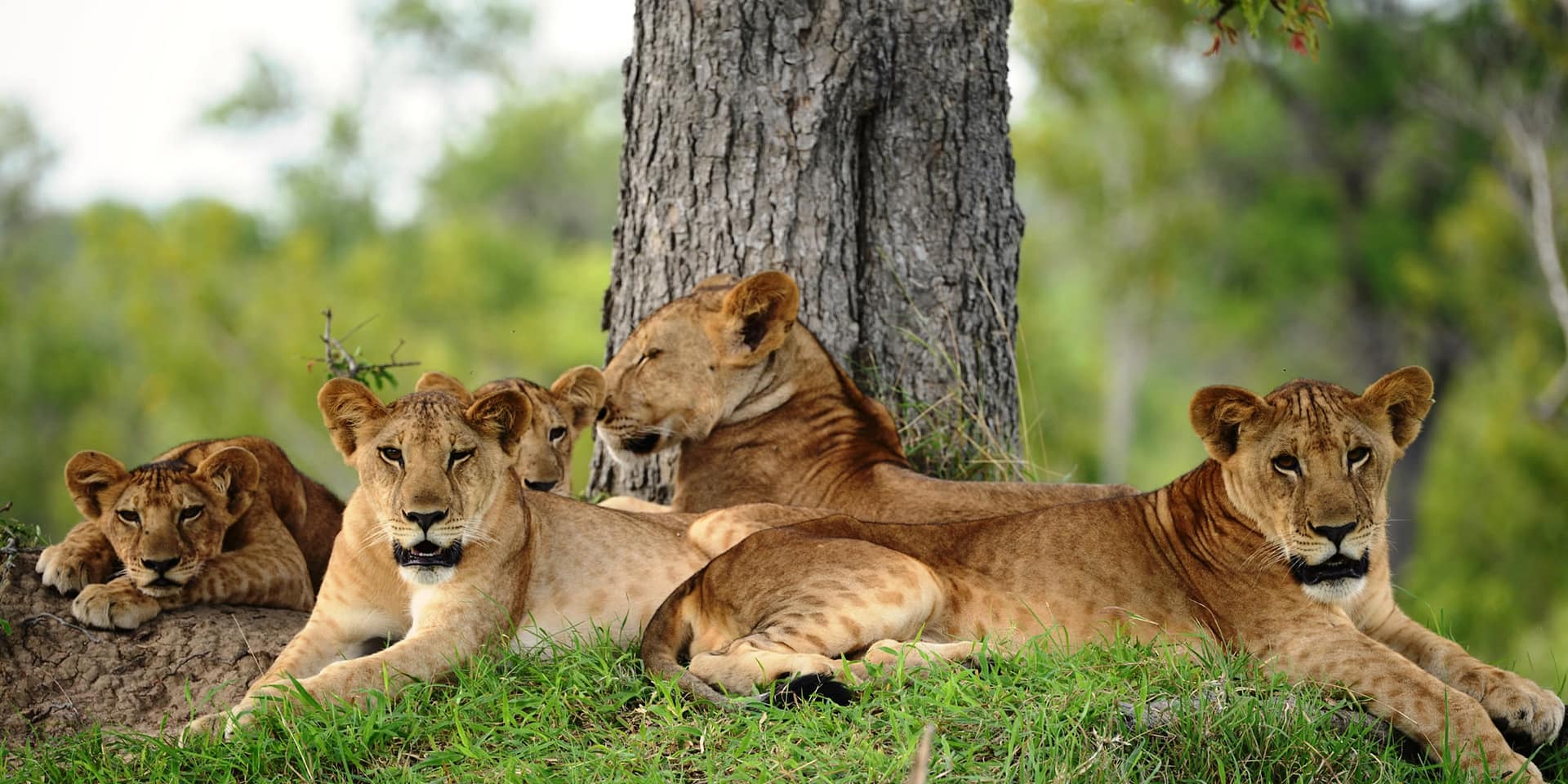
The best time to visit Tanzania is during the dry season, from June to October. This period is ideal for safaris, trekking Mount Kilimanjaro, and enjoying the beaches of Zanzibar, as the weather is more predictable and wildlife is easier to spot. That said, here are some general guidelines to help you plan the ideal time for your visit:
1. Best Time for a Safari
Dry Season (June to October) – This is considered the best time for a safari in Tanzania, especially in popular national parks like the Serengeti, Ngorongoro Crater, and Tarangire.
- Weather: During this period, the weather is dry and sunny, making wildlife viewing excellent. Animals tend to gather around water sources, so sightings are more frequent and easier to spot.
- Game Viewing: The dry season coincides with the Great Migration in the Serengeti, where millions of wildebeest, zebras, and gazelles travel across the plains in search of food and water. This is a once-in-a-lifetime spectacle for wildlife lovers.
- Crowds: While it’s the best time for safaris, it can also be the most crowded, particularly in top-tier parks, so be prepared for more tourists and higher prices. Shoulder Season (April-May and November)
- Weather: The months of April and May are the long rainy season, which can make some roads impassable and affect the quality of your game drives. However, this is a good time for those looking to avoid crowds and take advantage of lower prices.
- Game Viewing: While not ideal for viewing large herds of animals, the rains bring lush landscapes and a quieter, more peaceful safari experience.
- November: The shorter rains start to fall, but wildlife viewing is still good. It’s quieter than the peak season, and the landscape is lush and green. Green Season (November to March)
- Weather: This period is considered the rainy season, with November to March seeing short rains, particularly in the southern regions.
- Game Viewing: The green season can be a good time to visit for birdwatching, as many migratory birds are present. Also, the Serengeti’s calving season (January-February) attracts predators and offers dramatic, more intimate safari experiences, with fewer tourists around.
- Advantages: It’s less crowded, and prices for accommodation and tours tend to be lower than during the peak season. The parks are also lush and beautiful, though some areas may be more challenging to reach.
2. Best Time for Climbing Mount Kilimanjaro
Dry Seasons (January to March & June to October) – These months are the best for climbing Mount Kilimanjaro because the weather is more predictable, and there’s less chance of heavy rain at higher altitudes.
- January to March: Generally drier, with moderate temperatures at lower altitudes, though it can still be chilly at the summit. This period is ideal if you want to avoid the heavier tourist traffic.
- June to October: The second dry season, making for clear skies and stable weather. This is the most popular time to climb Kilimanjaro, so it can be more crowded, but the conditions are ideal.
3. Best Time for Zanzibar and Beach Holidays
Dry Season (June to October) – The months from June to October are the best for visiting Zanzibar and other coastal areas of Tanzania for a beach holiday.
- Weather: The weather is warm and sunny, and rainfall is minimal. This is perfect for lounging on the beach, snorkeling, diving, and exploring the islands.
- November to March: These months are also good for beach holidays, but the weather can be a bit more humid, and there is a higher chance of short, tropical rains, particularly in November and April.
4. Special Events & Considerations
- The Great Migration: As mentioned earlier, the Great Migration in the Serengeti is one of the most famous wildlife spectacles on Earth. The timing of this event varies, but generally, it occurs from July to October, when the herds move through the Serengeti, and the predators follow close behind.
- Cultural Events: If you’re interested in experiencing Tanzania’s rich culture, consider timing your visit with festivals like Zanzibar’s Sauti za Busara Music Festival (February) or the Ngorongoro Maasai Festival (March), which can add a unique cultural dimension to your trip.
Summary of Ideal Travel Times:
- Best for Safari: June to October (dry season) — perfect for game viewing, especially during the Great Migration.
- Best for Climbing Kilimanjaro: January to March or June to October — dry, stable weather conditions.
- Best for Zanzibar/Beach Holidays: June to October (dry season), though November to March is still good with occasional rain.
- Best for Budget & Avoiding Crowds: April-May (rainy season) — lower prices, fewer tourists, lush landscapes.
Ultimately, your choice will depend on what you want to do and the type of experience you’re looking for. Each season offers something special, but the dry season (June to October) is widely considered the most reliable for both safari and adventure travel.
